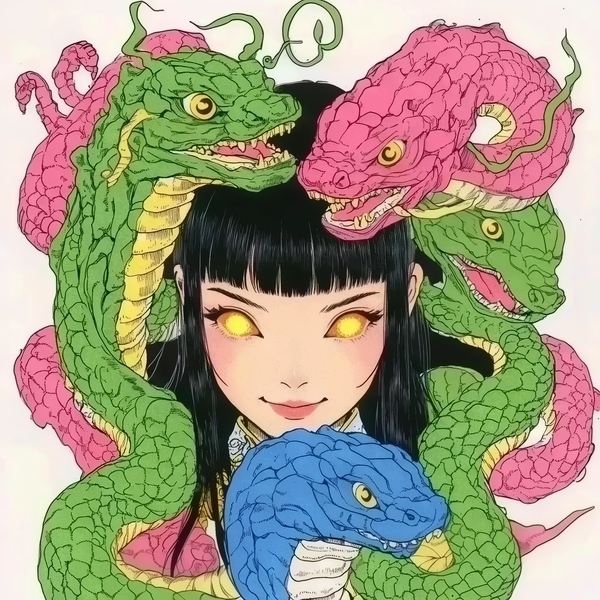Kyoto is the Jerusalem of the East: A report from Gion Festival
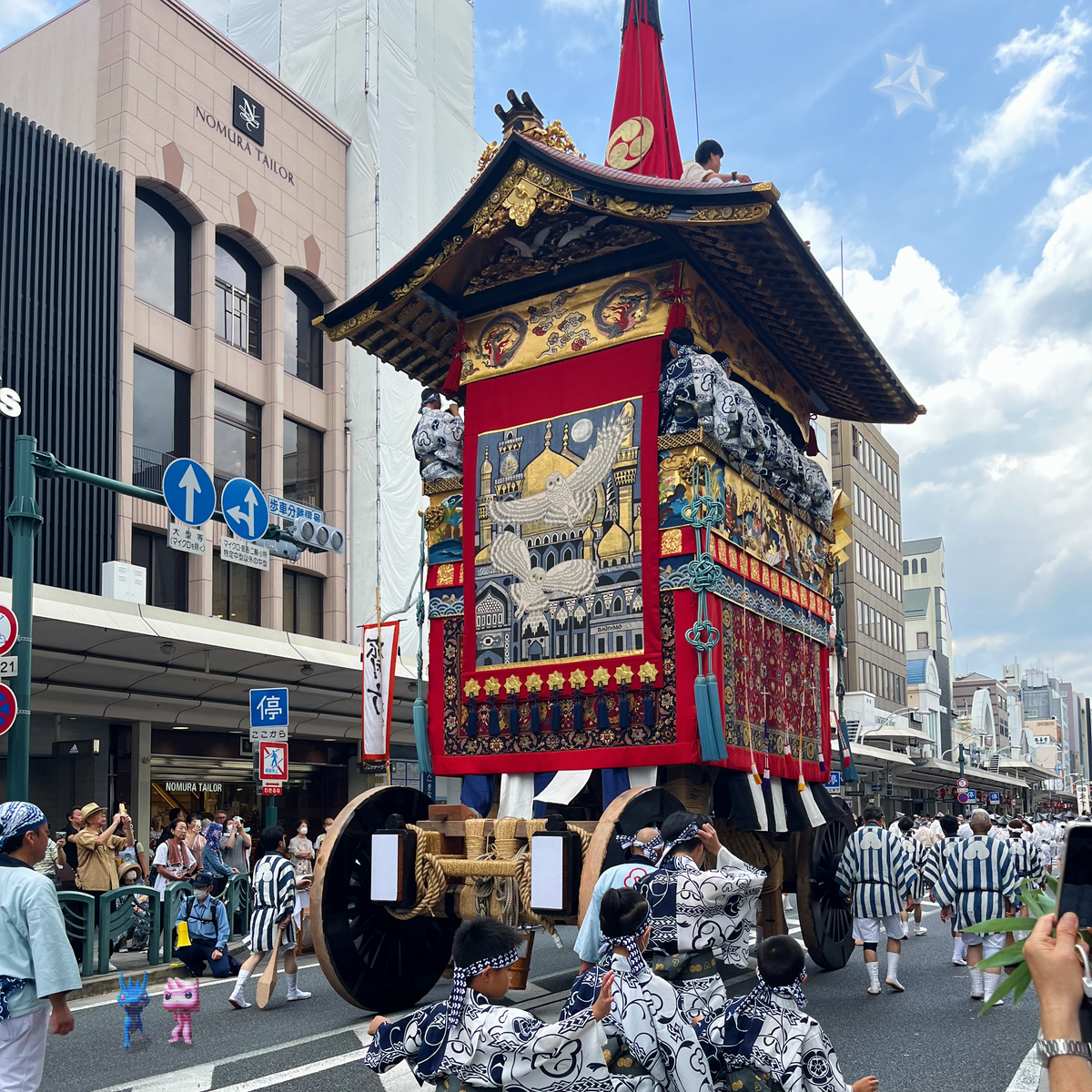
There is a truth in the world, hidden in plain sight in the Far East, particularly from the Western gaze, that holds the key to understanding what is truly happening in our chaotic world right now.
As the genocide and war in Israel-Palestine rages on, there is an uncomfortable reality that the English-speaking Western world does not actually know what it is about, including those of us that take to the streets of our cities and/or social media feeds to protest the atrocities.
In fact, it was only in the March of 2024, that it became more widely known amongst Westerners, that the October 7th 2023 attacks by Hamas were in response to Israeli groups successfully importing a group of perfectly red heifers, which may be sacrificed to initiate the building of the Third Temple at the heavily contested Temple Mount in Jerusalem, currently occupied by the Al-Aqsa mosque compound.
So what if we told you that this battle over present-day Israel-Palestine, including the Temple Mount in Jerusalem, foregrounded by a dramatic story of the Jews returning to their homelands, was in fact based on a false narrative that the exiled children of ancient Israel have had no home on Earth for thousands of years.
The truth is, the ancient Hebrews, who were exiled by successive invasions, respectively by the Assyrians in 720 BCE and Babylonians in 589 BCE, have already long ago built a massive kingdom for themselves that continues to exist to this day. Not only that, this kingdom has had an unbroken monarchy that the royal bloodline of the ancient Hebrews has been fused into since its inception and has maintained its position as one of the modern world's most influential economic and cultural powers.
While this may sound completely bizarre, it is the obvious reality, merely obscured by the prejudiced eyes of the West. To understand this, you only need to look at quotes from the Bible itself.
"Therefore in the east give glory to the LORD; exalt the name of the LORD, the God of Israel, in the islands of the sea."
Isaiah 24:15
"But the land you are about to cross the river and take for your own is a land of mountains and valleys; it drinks water that rains from the sky. It's a land that GOD, your God, personally tends—he's the gardener—he alone keeps his eye on it all year long."
Deuteronomy 11:11
"These twelve Jesus sent out, instructing them, “Go nowhere among the Gentiles and enter no town of the Samaritans, but go rather to the lost sheep of the house of Israel."
Matthew 10:5–15
Where are the Eastern lands that can be described as "Islands on the Sea" made of primarily "mountains and valleys" that every wave of exiled Hebrews have been instructed to go towards?
The answer is plainly obvious: Japan.
Simply put, Kyoto, the capital of Japan from 794 CE to 1869 CE, was built by the exiled tribes of Israel and their descendants to be their new capital. This includes the Hata (秦) clan, a mysterious immigrant group known to have laid the very foundation of Kyoto's culture by transmitting their knowledge of weaving, irrigation, architecture, and dance, and built many of Kyoto's renowned sacred sites, including the world famous Fushimi Inari Grand Shrine (伏見稲荷大社) and its Thousand Red Torii Gates (千本鳥居).
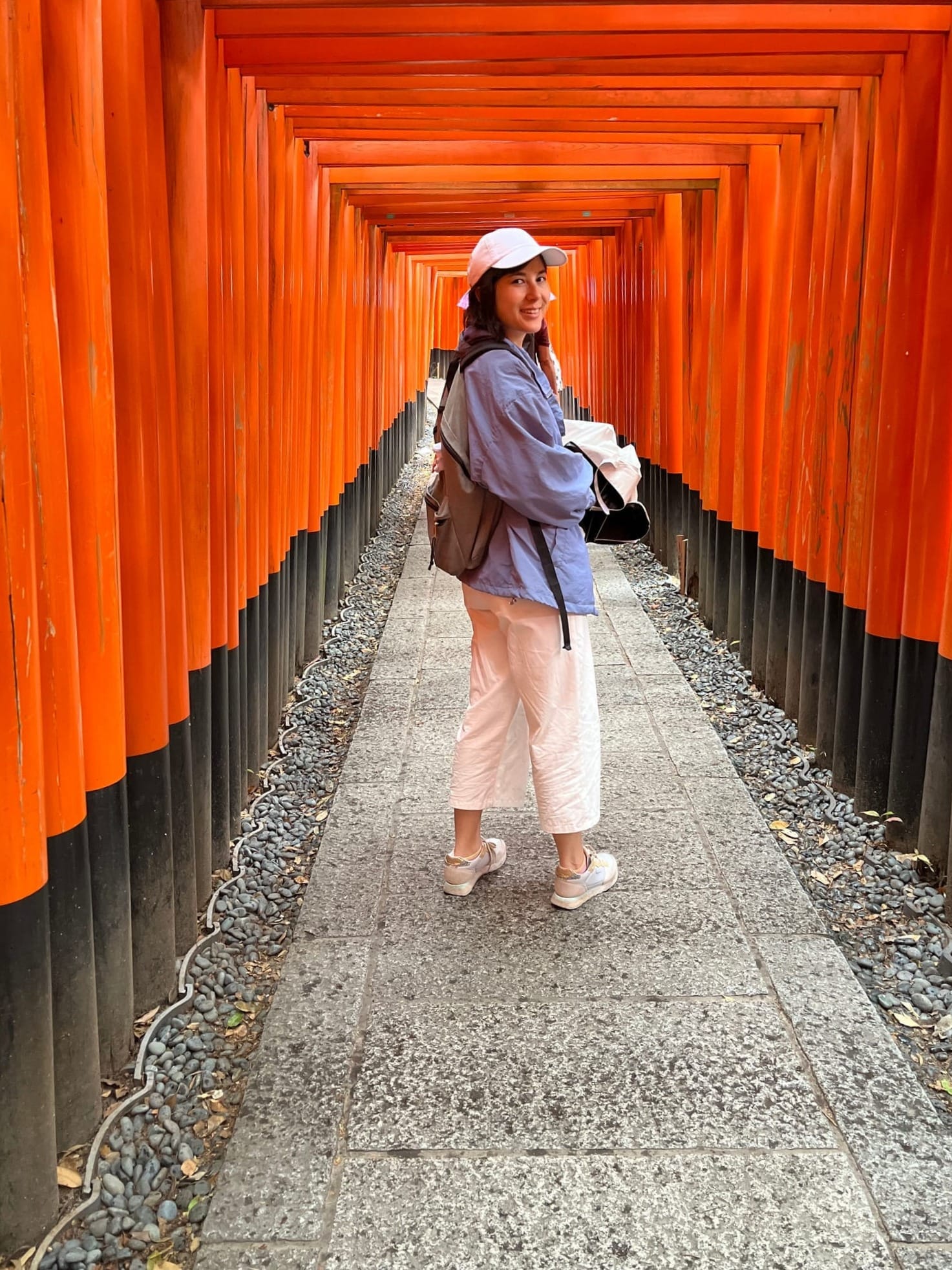
On the Hata clan, and the ancient connection between the Jews and Japanese, with Mis. Elka.
This is why Kyoto was originally named Heiankyo (平安京), exactly meaning "Peaceful Capital" i.e. Jerusalem, and its central district was called Gion (祇園), after Zion. Gion district is still spiritually anchored by Yasaka Shrine (八坂神社), whose namesake, Yasaka (八坂), through a switching of Chinese characters can be converted to Yahae (弥栄), meaning prosperity, referring to the fact that the Kami enshrined at Yasaka Shrine is none other than Yahweh.
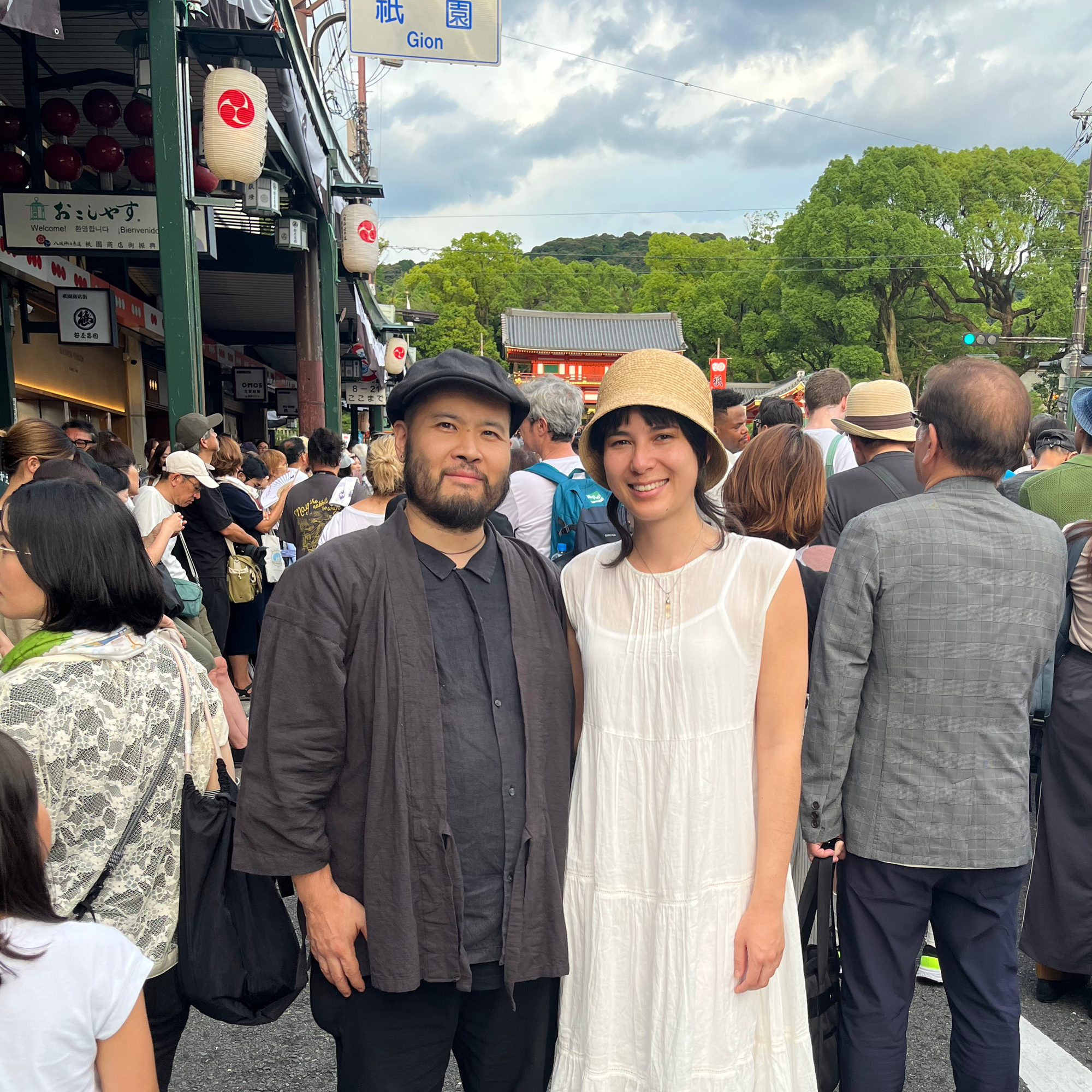
The ancient Japanese spiritual system, which flourished from its base in Kyoto, was not just a hybridization between Shinto that was indigenous to the Islands, and Hinduism, Buddhism, Daoism, and Confucianism that came in from the mainland of Asia. Judaism, Christianity, Mithraism, and other Near Eastern religions were embedded into hidden foundational layers of Japanese spirituality, right from its beginnings. This is why, when you study Japanese culture, you find many encrypted mystical traces of the ancient Near East, including Japan's world famous cherry blossoms, Sakura (桜), which take after the "sacred" spring flower of Israel, the almond blossom.
Hiroaki Omote, 80th heir of Yamakage Shinto (山陰神道), shares his understanding between Japanese spirituality and its connection to the ancient Near East.
We are releasing this long-suppressed information to our readers because, with the looming collapse of Western civilization, financially based in the City of London and guarded by the military of the USA, Kyoto, and Japan in general, is set to be the next spiritual and cultural center of the World. As spiritualists who are based in Japan, we have been continually receiving messages from various clan leaders and lineage holders, through both social media platforms and private group communications, that the many ancient secrets of Japan are finally ready to be disclosed to the world after thousands of years of concealment.
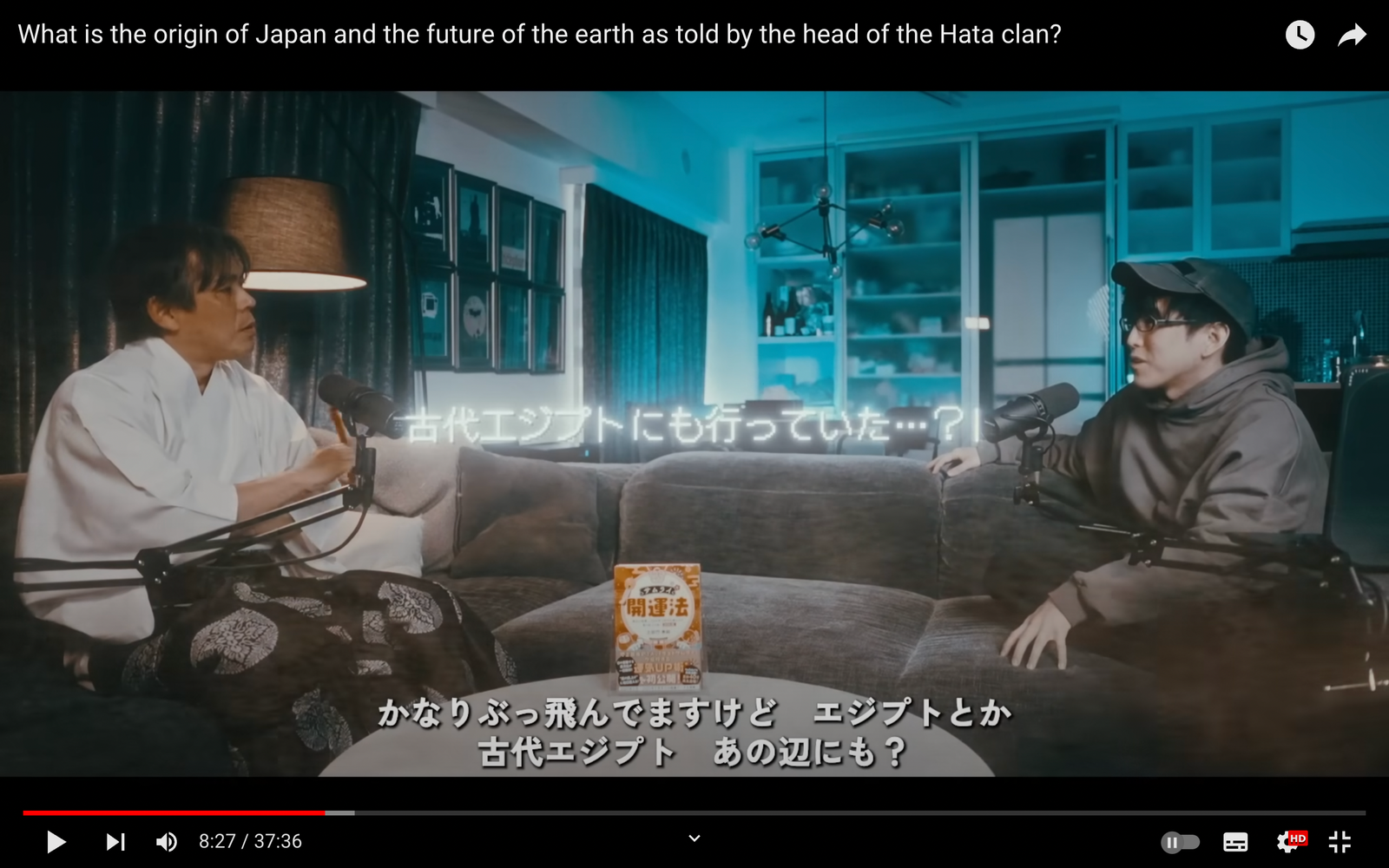


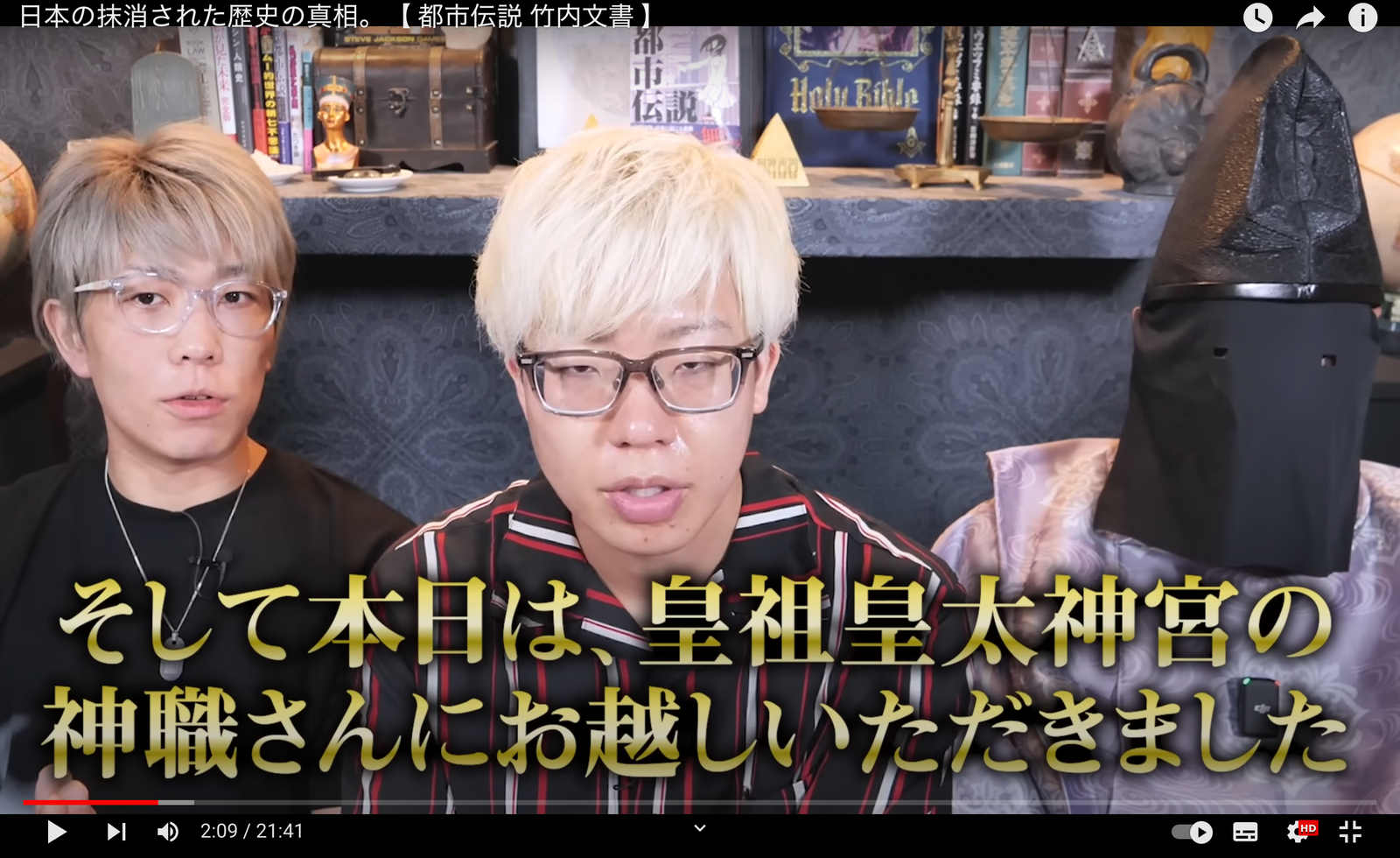
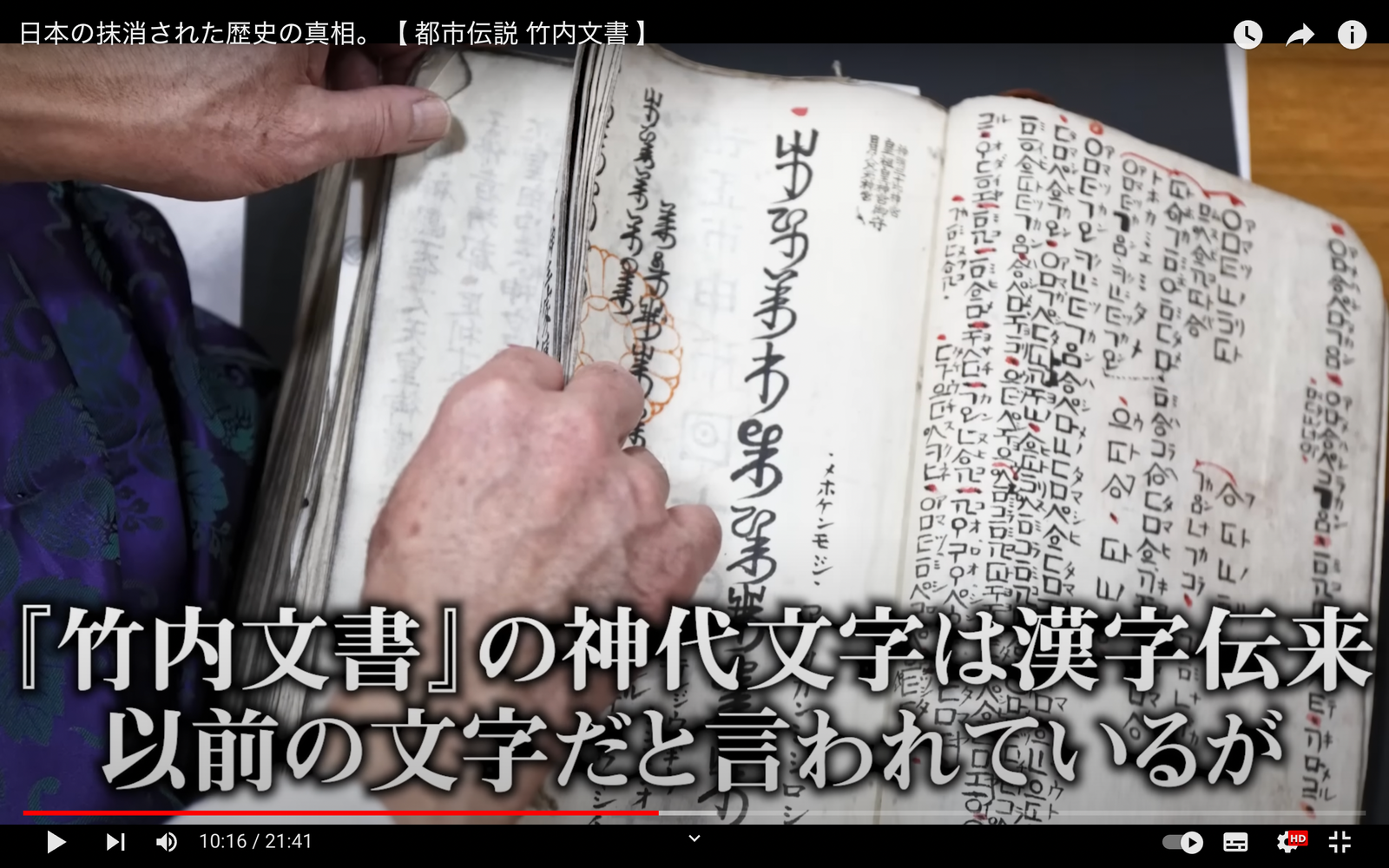
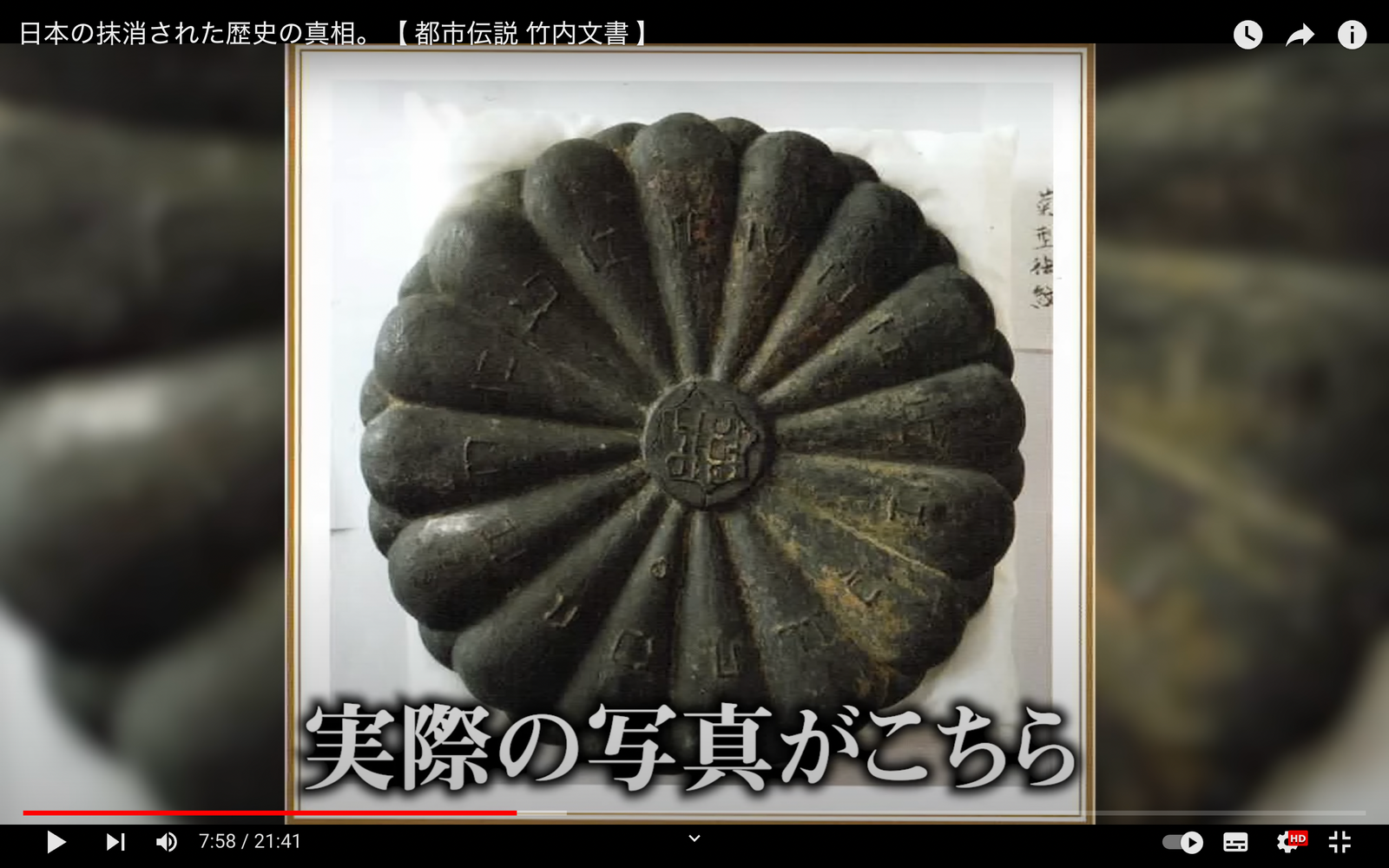
The instruction we have received from our higher-ups is that humanity is set to welcome the arrival of Utopia on Earth as thousands years of planning are coming to fruition.
The true intent of the ancient Hebrews was to secretly build a new paradise in the Far East, preserve and protect their royal bloodlines and shamanic secrets at the risk of their lives, and design a hybrid culture that is simultaneously animistic and high-tech, in preparation for a prophesied time of crises that require humans to treat both the Earth and Metaverse as enspirited ecosystems.
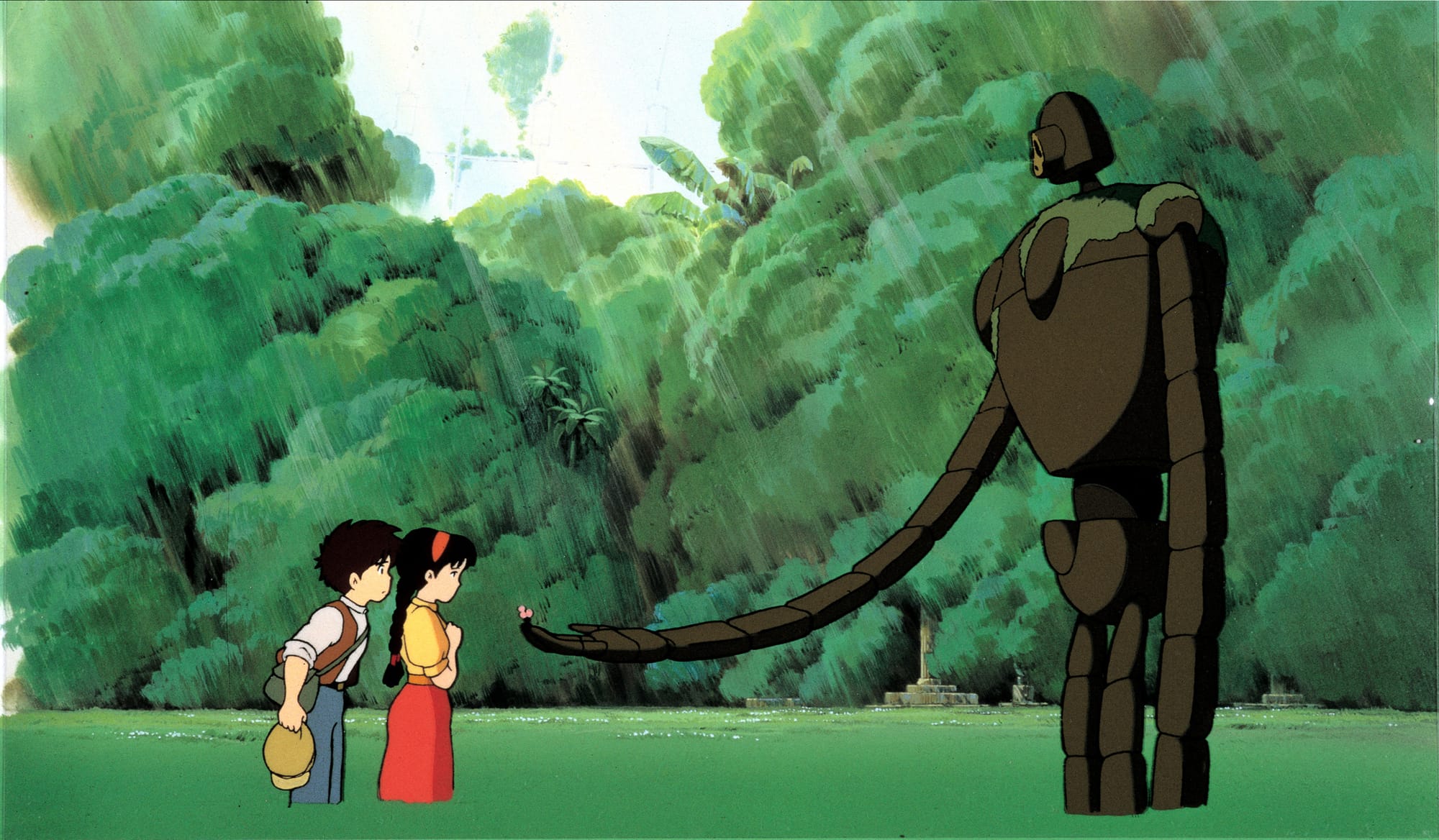
In particular, the lineage of Yeshua has been safeguarded in Japan for the Second Coming, which is not about the rise of a chosen person, or even a chosen people, but about spiritual knowledge that will unlock humanity's collective remembrance that the ancient world that was lost to calamity was once one and that all humans are equally God's children.
As we will be sharing more in the future, backing up this truth is the secret that the royal-shamanic clans of the Near East who built much of what we now know as Japan today, were in fact descendants of a royal bloodline that go far back to the forgotten civilizations of Mu/Atlantis/Lemuria. After the great cataclysm that almost destroyed the world, these clans branched off from each other to become a variety of ancient peoples, including the Jomon, Celts, Mayans, Phoenicians, Sumerians, Egyptians, and Hebrews, to repopulate the Earth and spread the mystical knowledge of the lost ancient world.
Through successive waves of migration these people returned to Japan, particularly along the land route of the Silk Road, creating some of the first kingdoms of Persia, India, China, and Korea. Propelled by prophesies secretly passed down their families, they made their way back home, to an Island nation lit up by the Rising Sun to resemble a Golden Dragon, in order to fulfill their promise of hiding and protecting the proof that all people of Earth are one, until a prophesied time: now.
Gion Festival (祇園祭) takes place at Yasaka Shrine on July 17th, the same day that Noah's Ark safely landed on Mount Ararat and Yeshua was resurrected according to the old Hebrew calendar. The festival commemorates and celebrates the long and arduous journey that the ancient Near Eastern tribes made to return back home to Japan across the Silk Road by holding the rite of Yamahoko Junko (山鉾巡行). This features a procession of 33 floats, heralded as 'moving museums', each adorned by tapestries that remember the various lands the exiled clans made their pilgrimage through.
In closing this article, we hope you enjoy the photos and videos we took of this year's 2024 Gion Festival - one of the most important in its 1155 year history.
The Yamahoko Junko is opened by a ceremony on the Naginata Hoko (長刀鉾), meaning "long sword float", where a 8-10 year old child, who is chosen from an elite Kyoto family, and trained and treated as a divine messenger for a whole year, cuts a shimenawa rope (注連縄), to slice open the boundaries between the Divine and Human realms for the duration of the one-week festival.
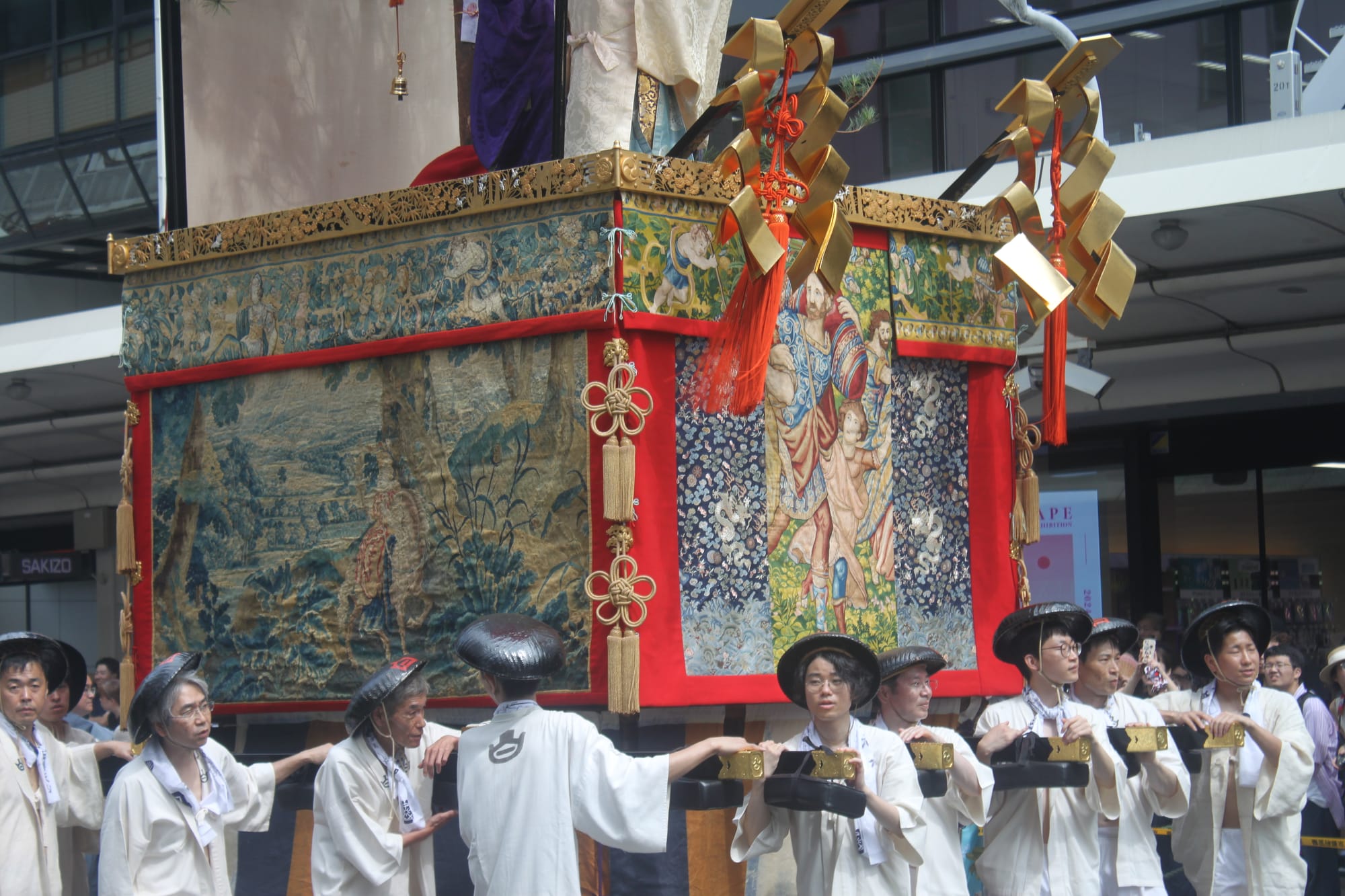
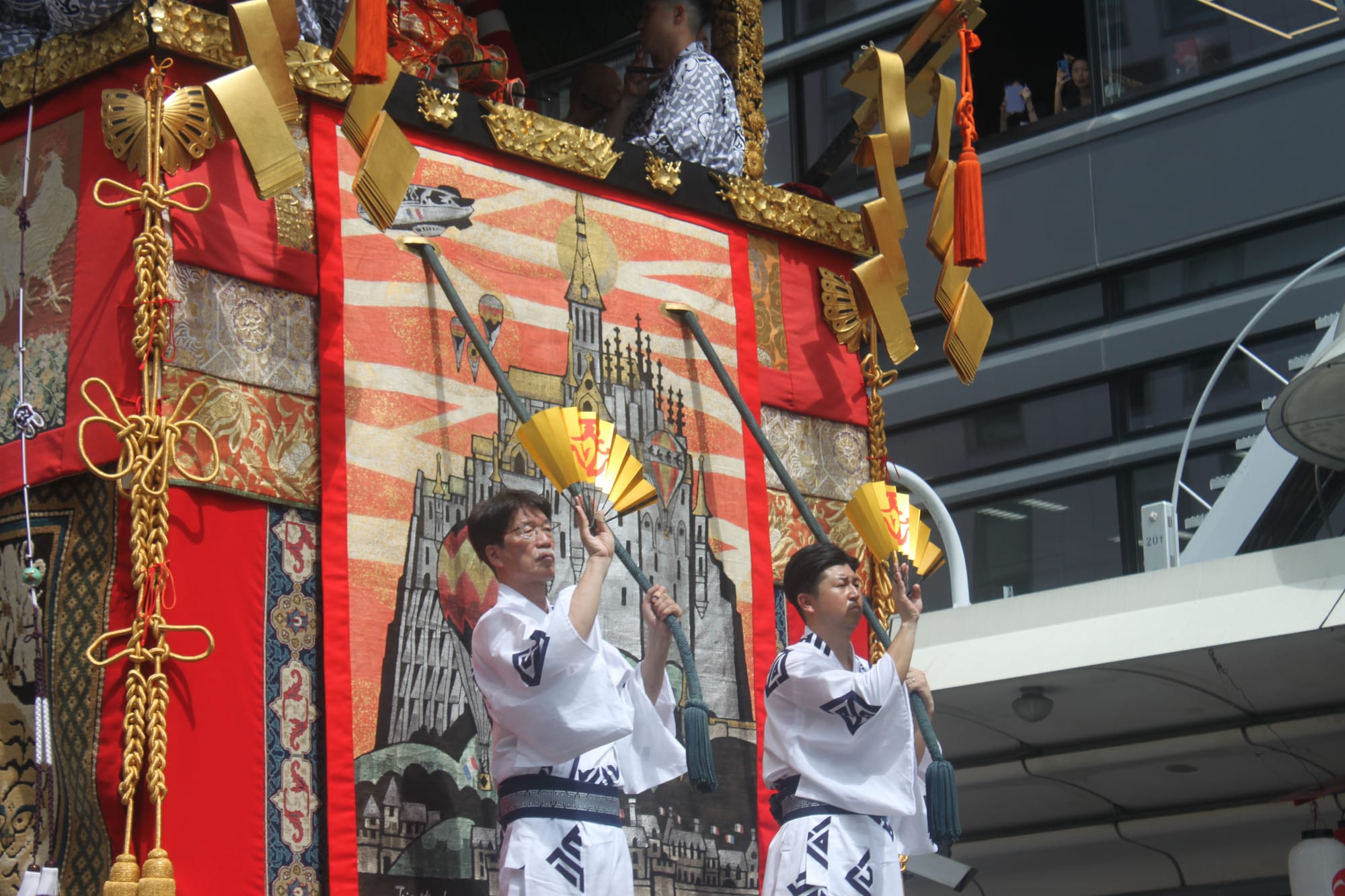
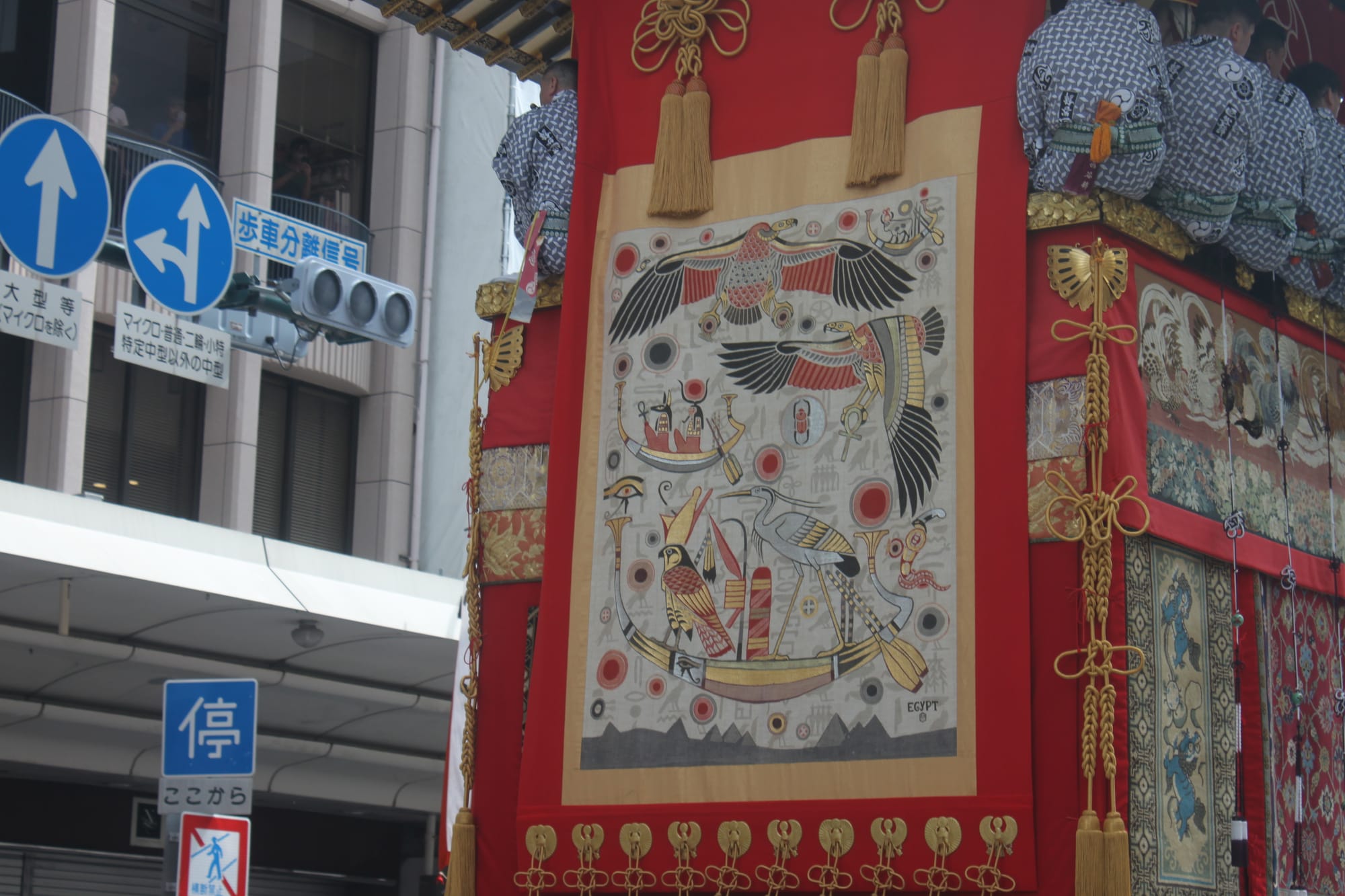
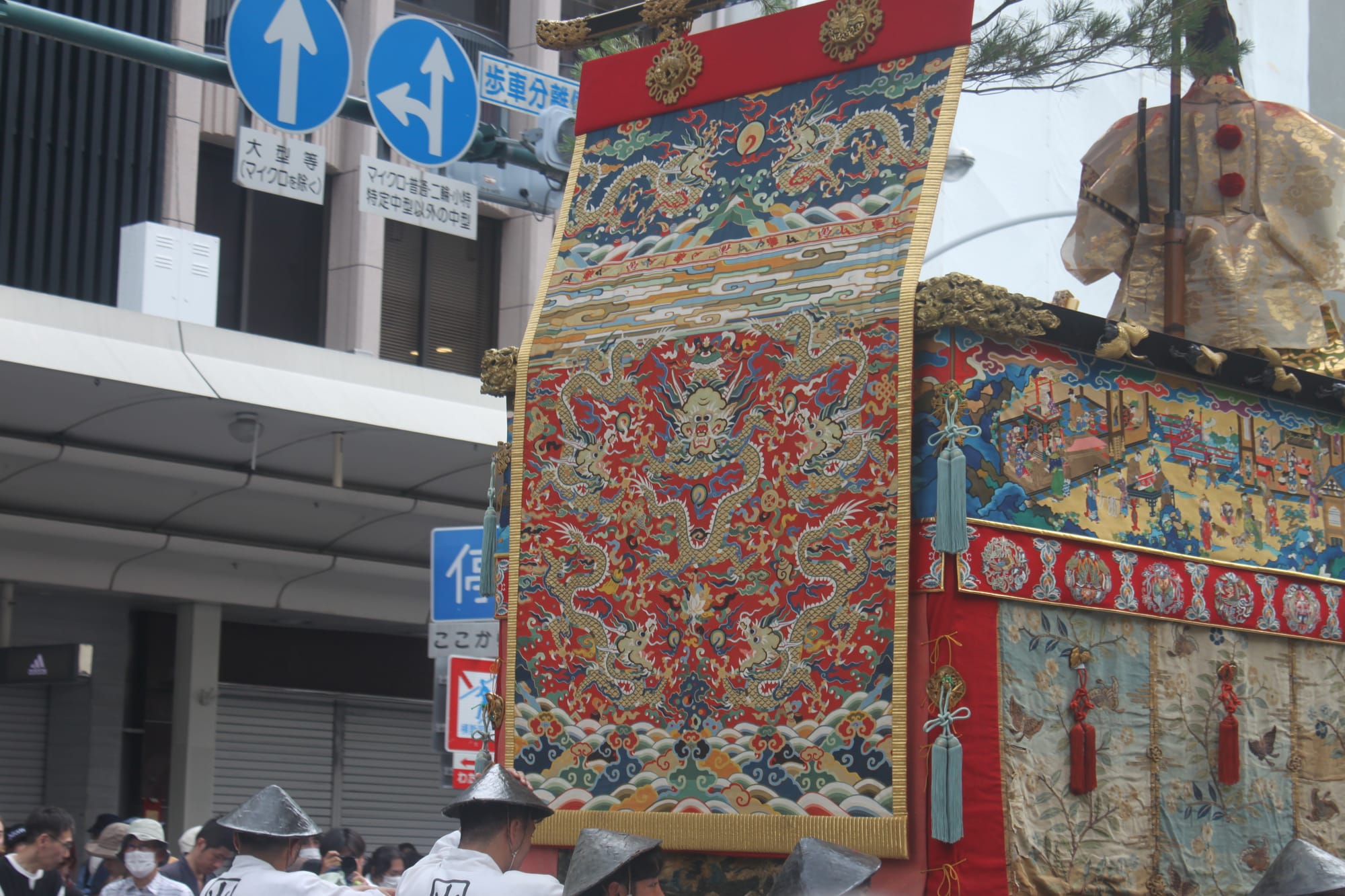
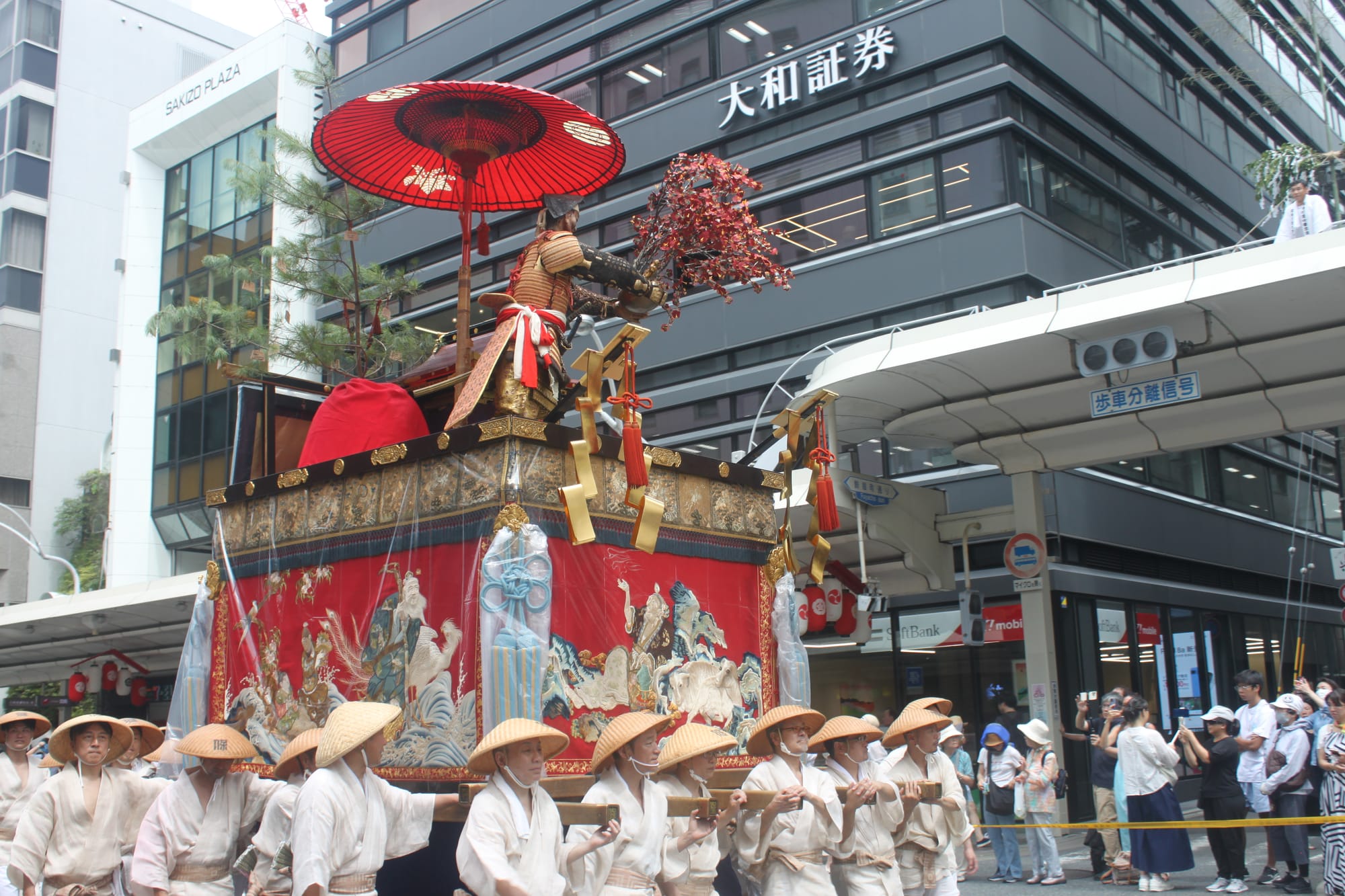
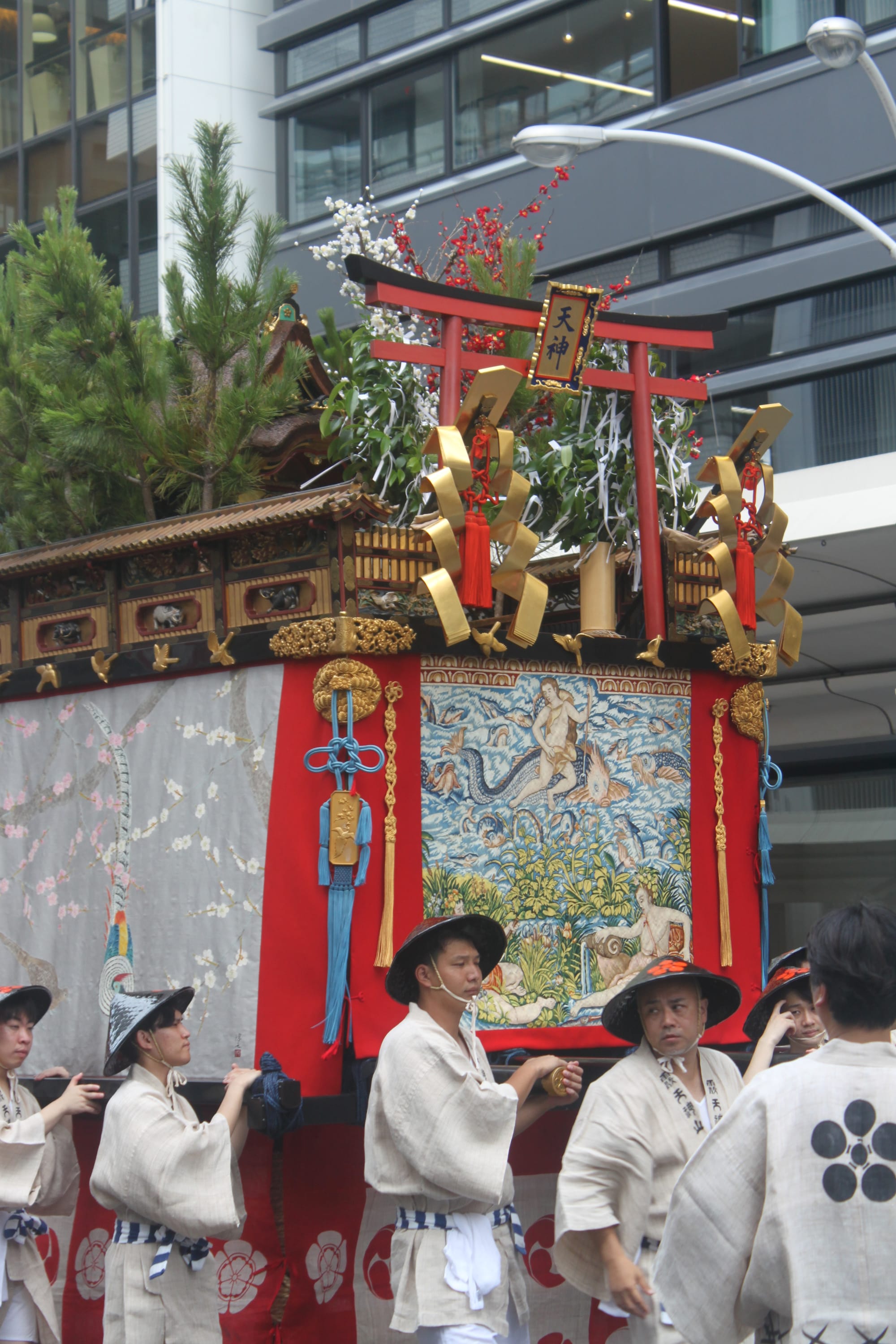
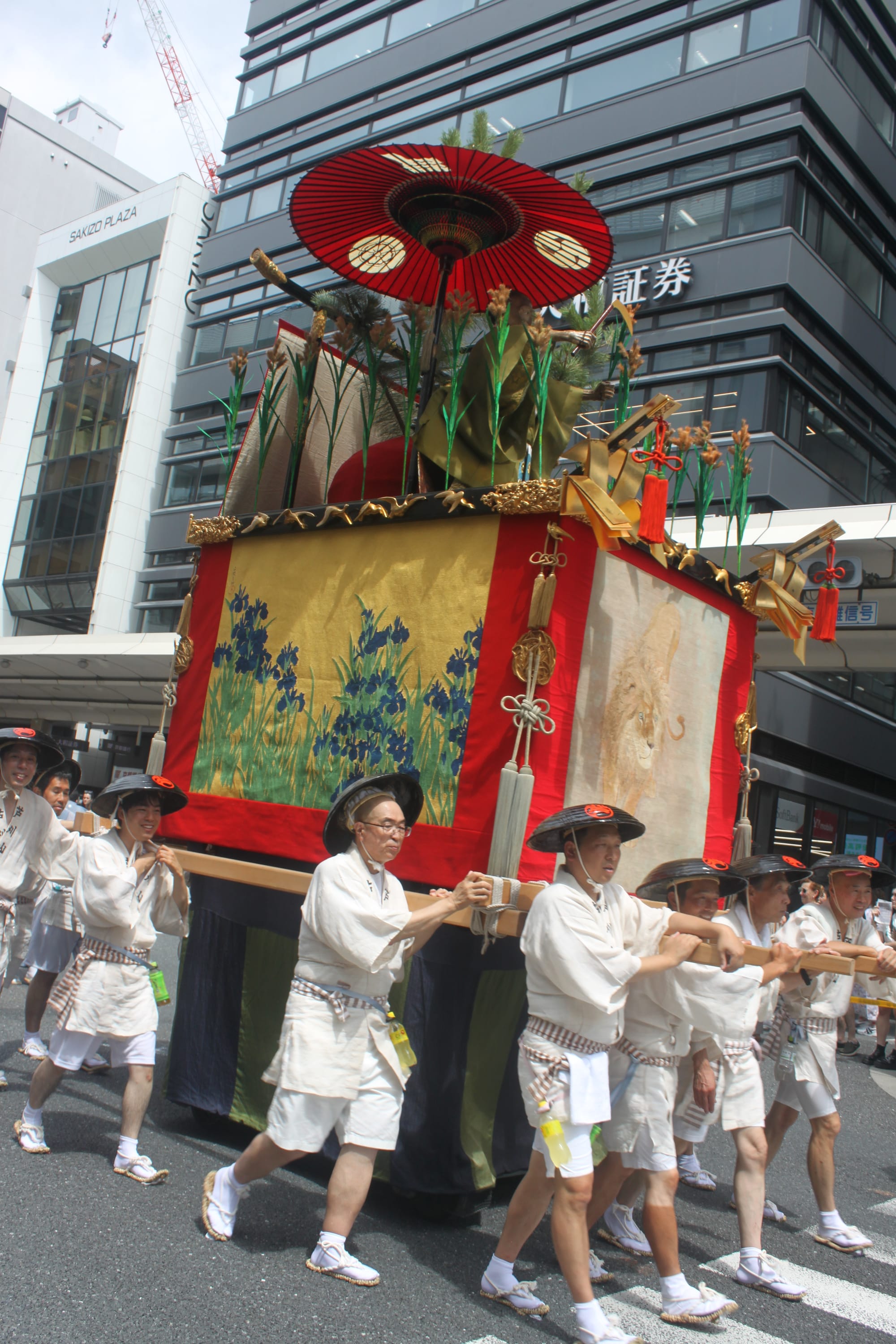
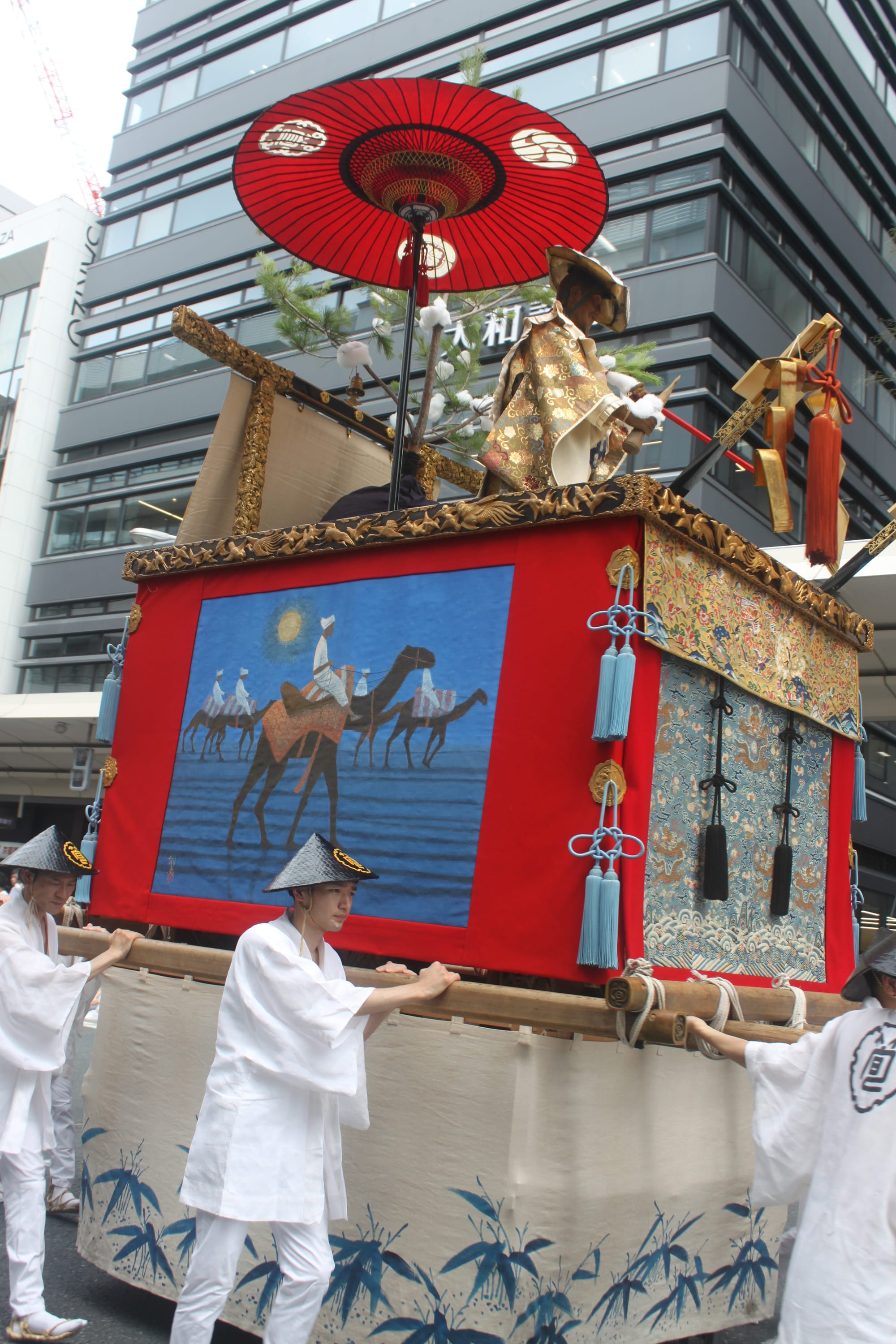
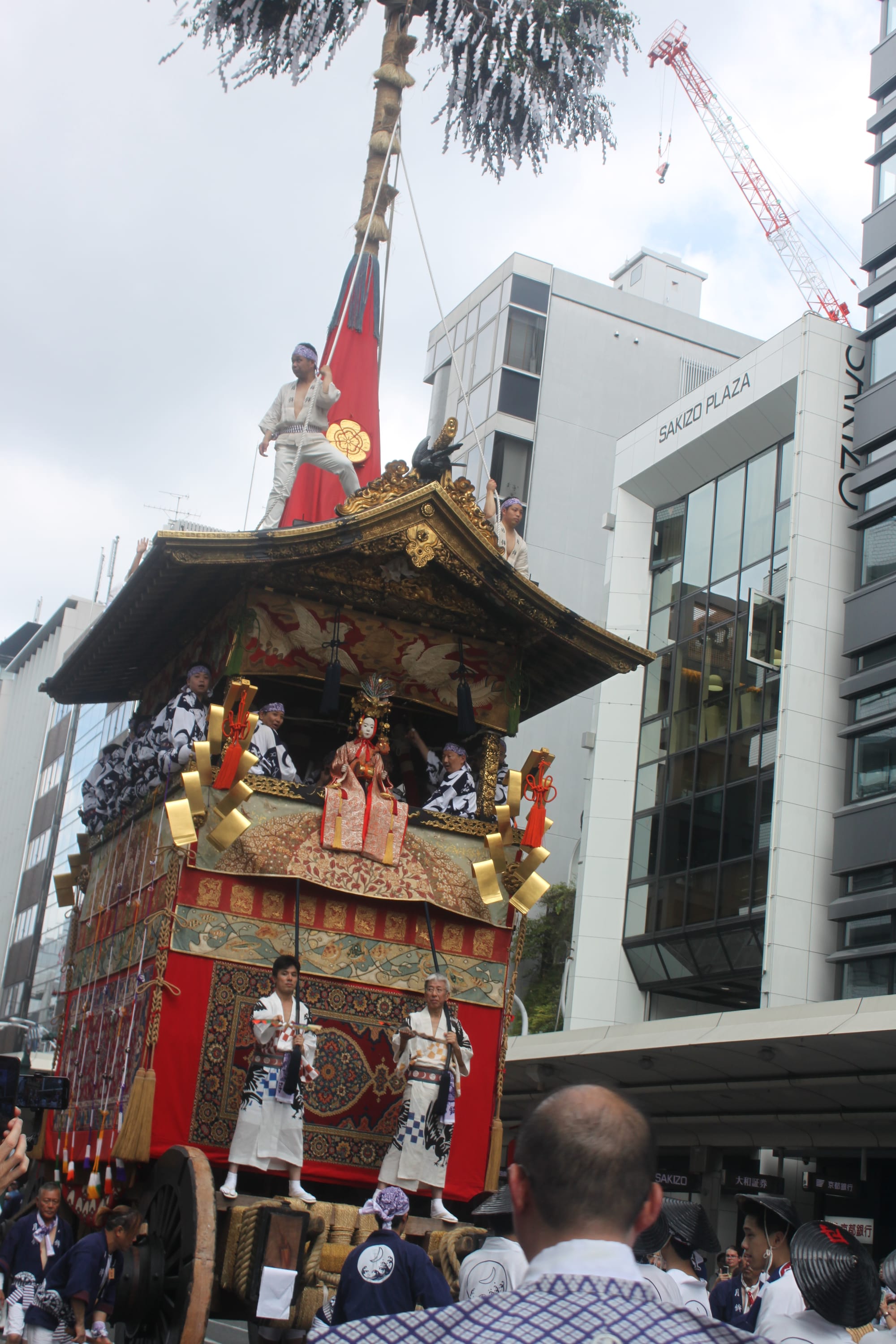
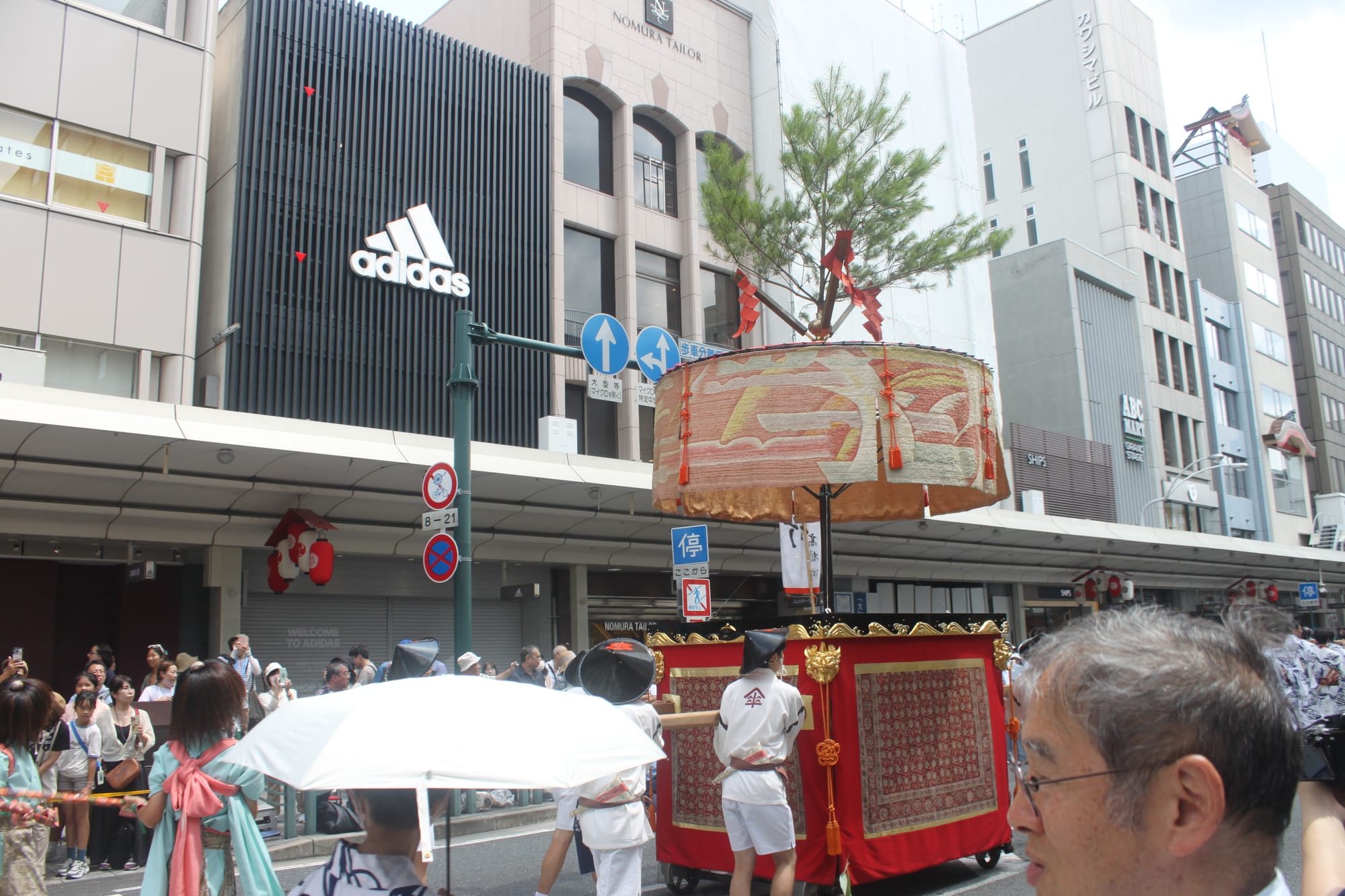
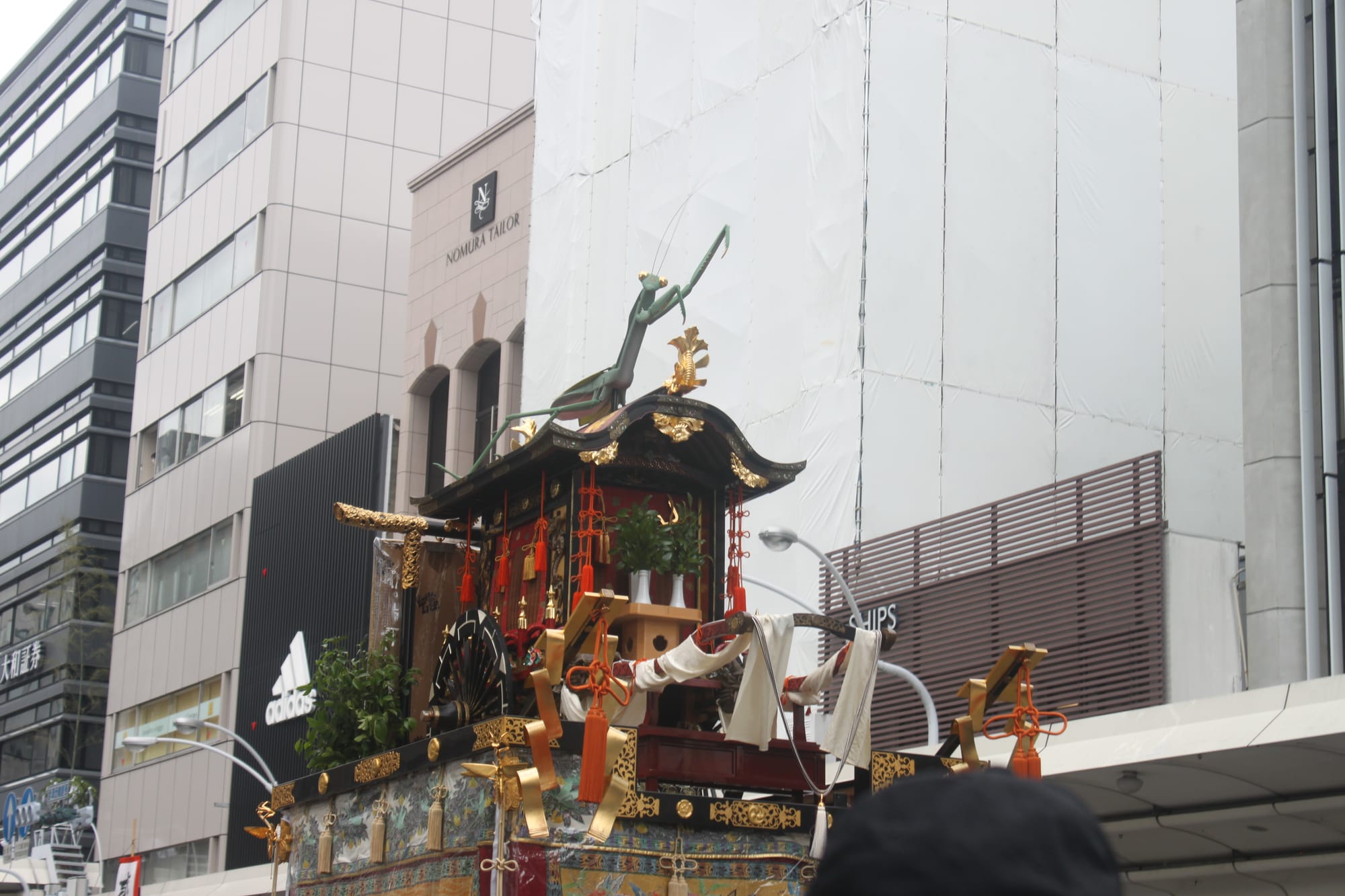
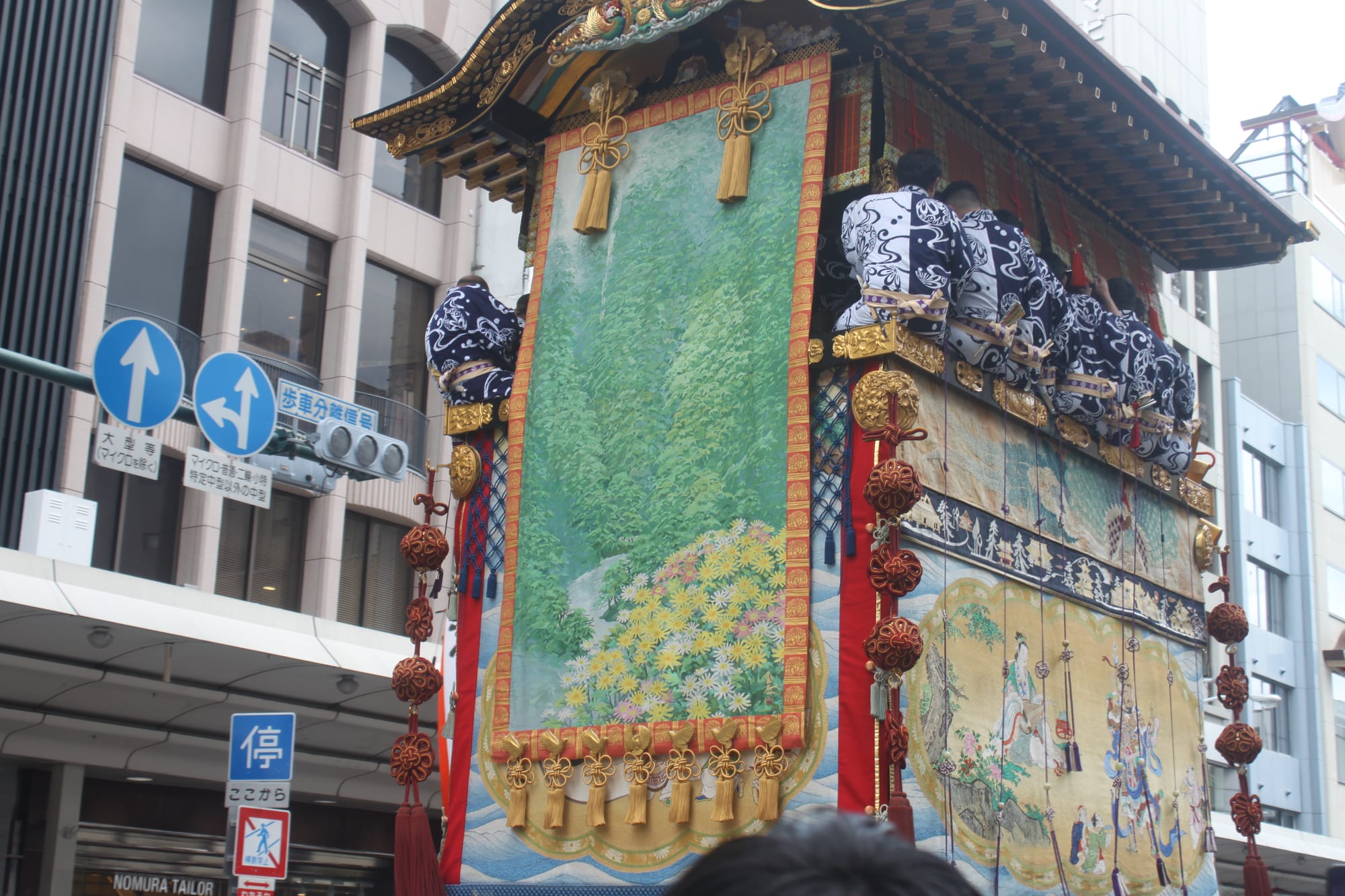
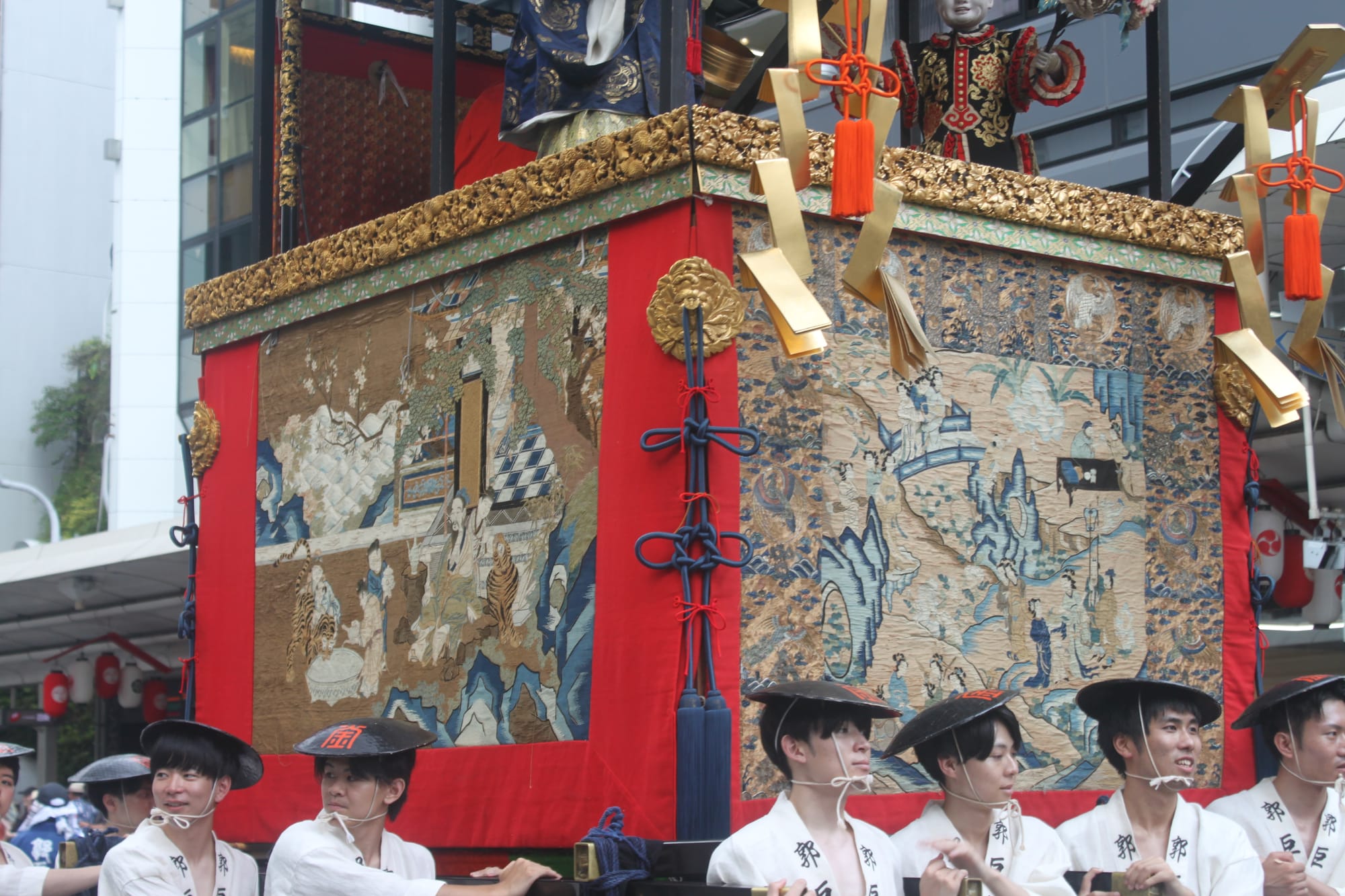
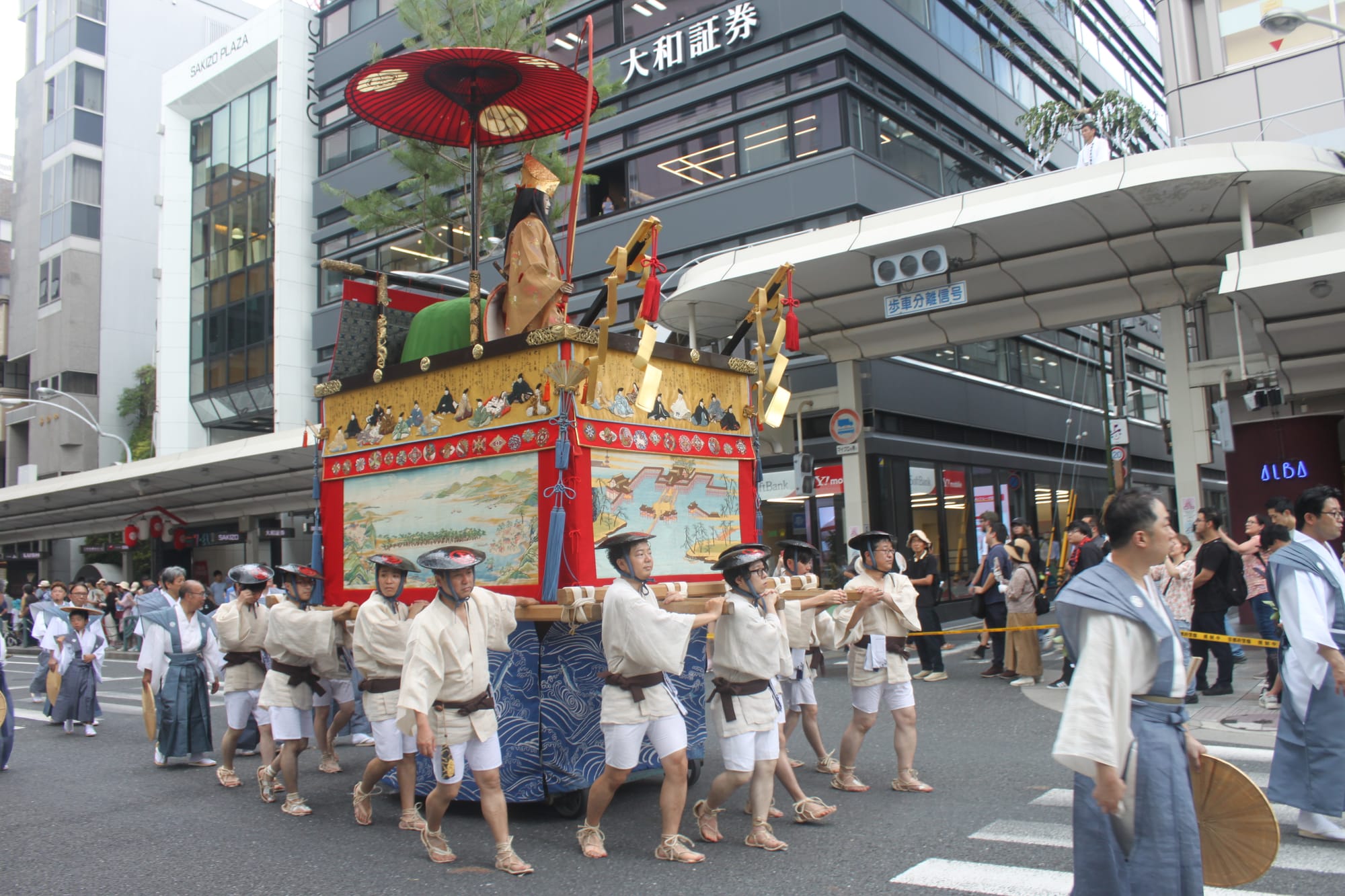
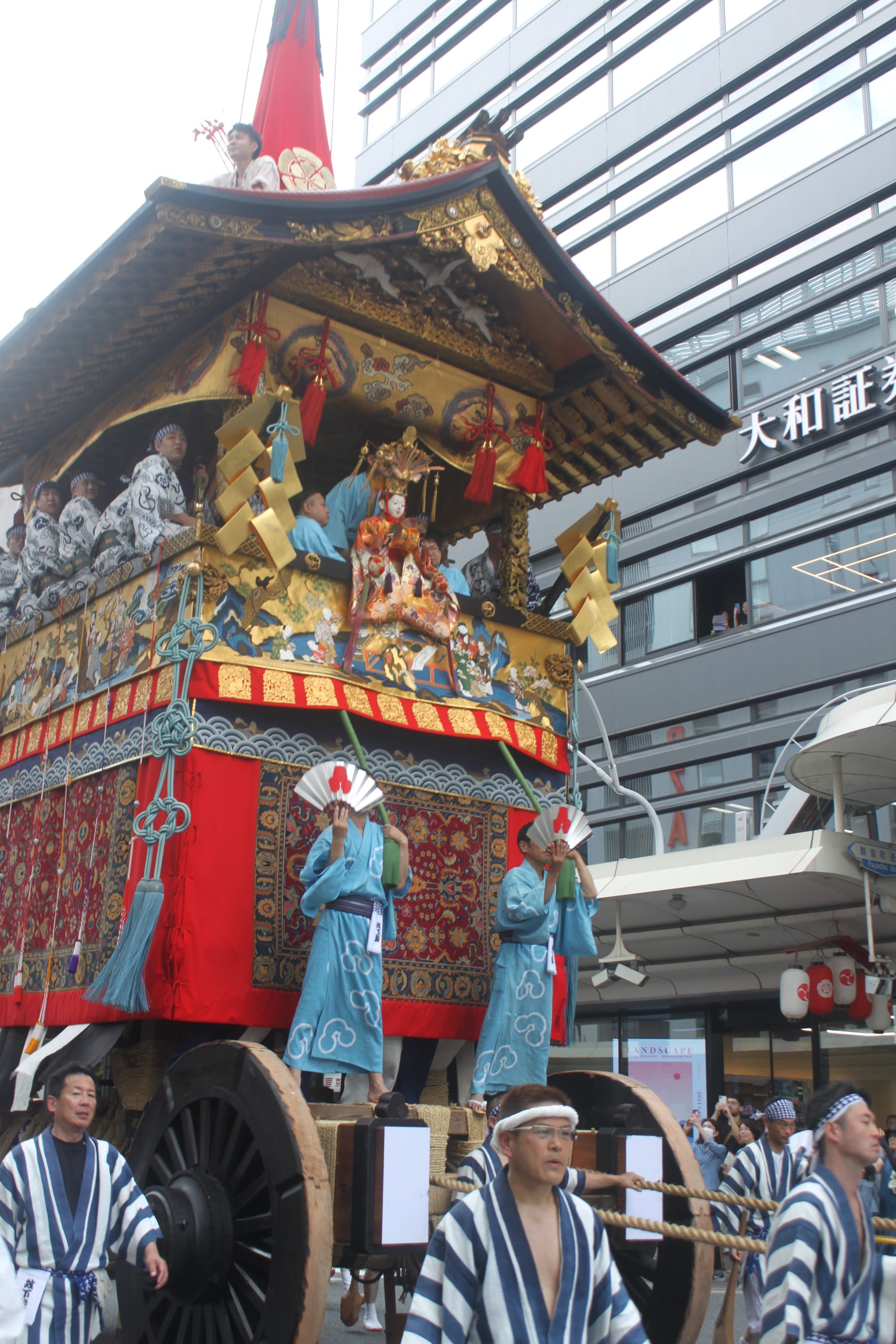
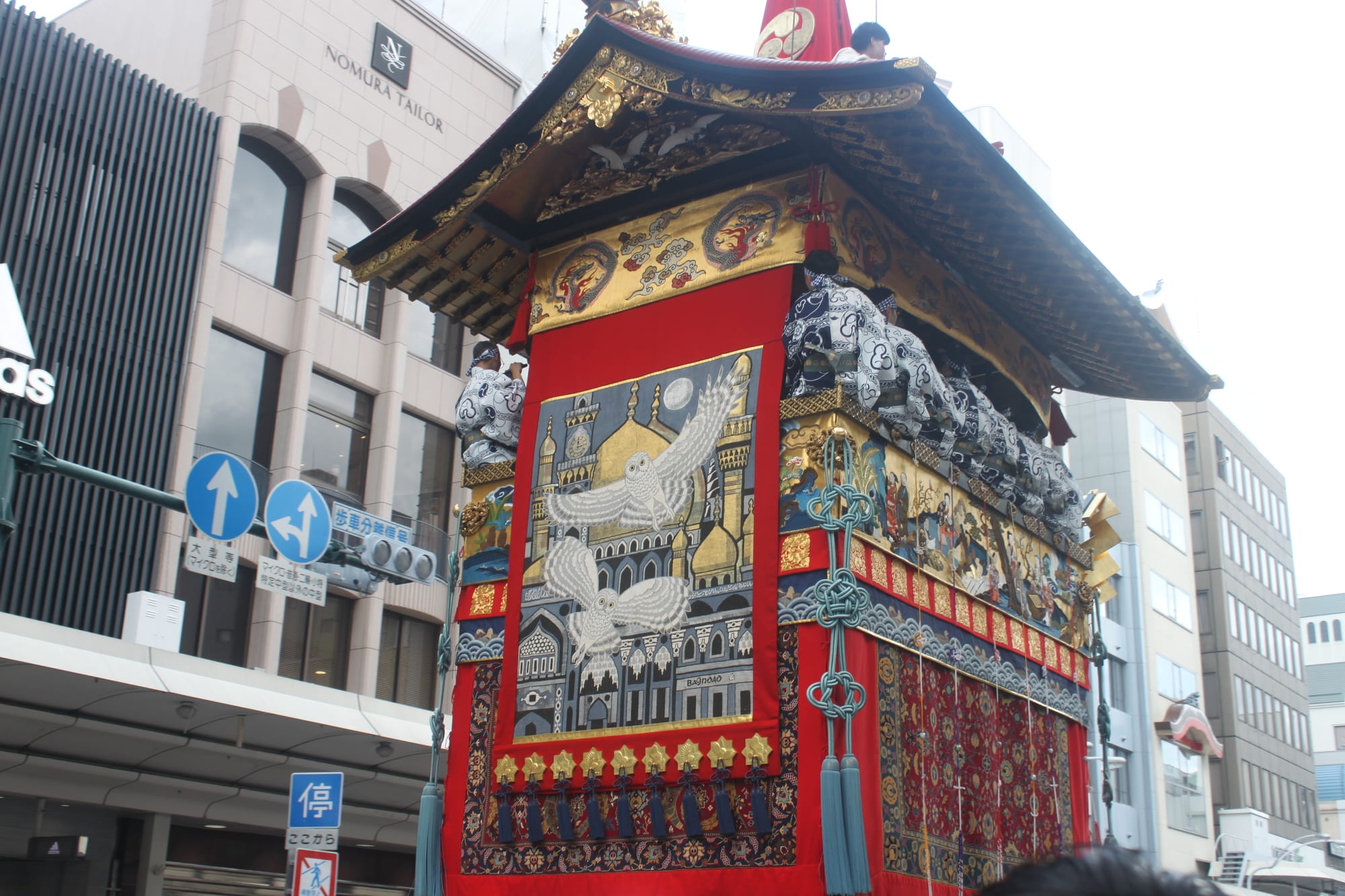
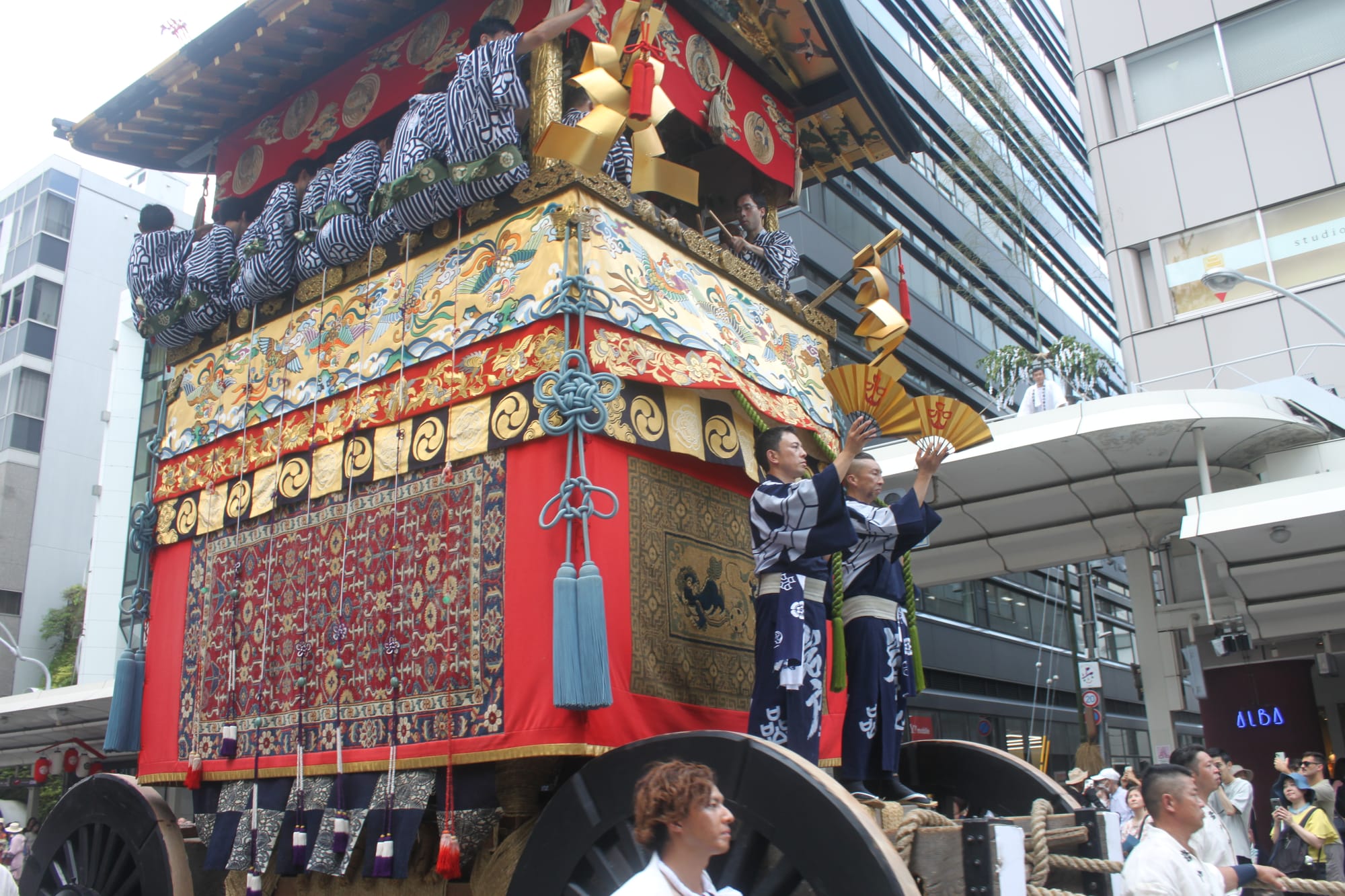
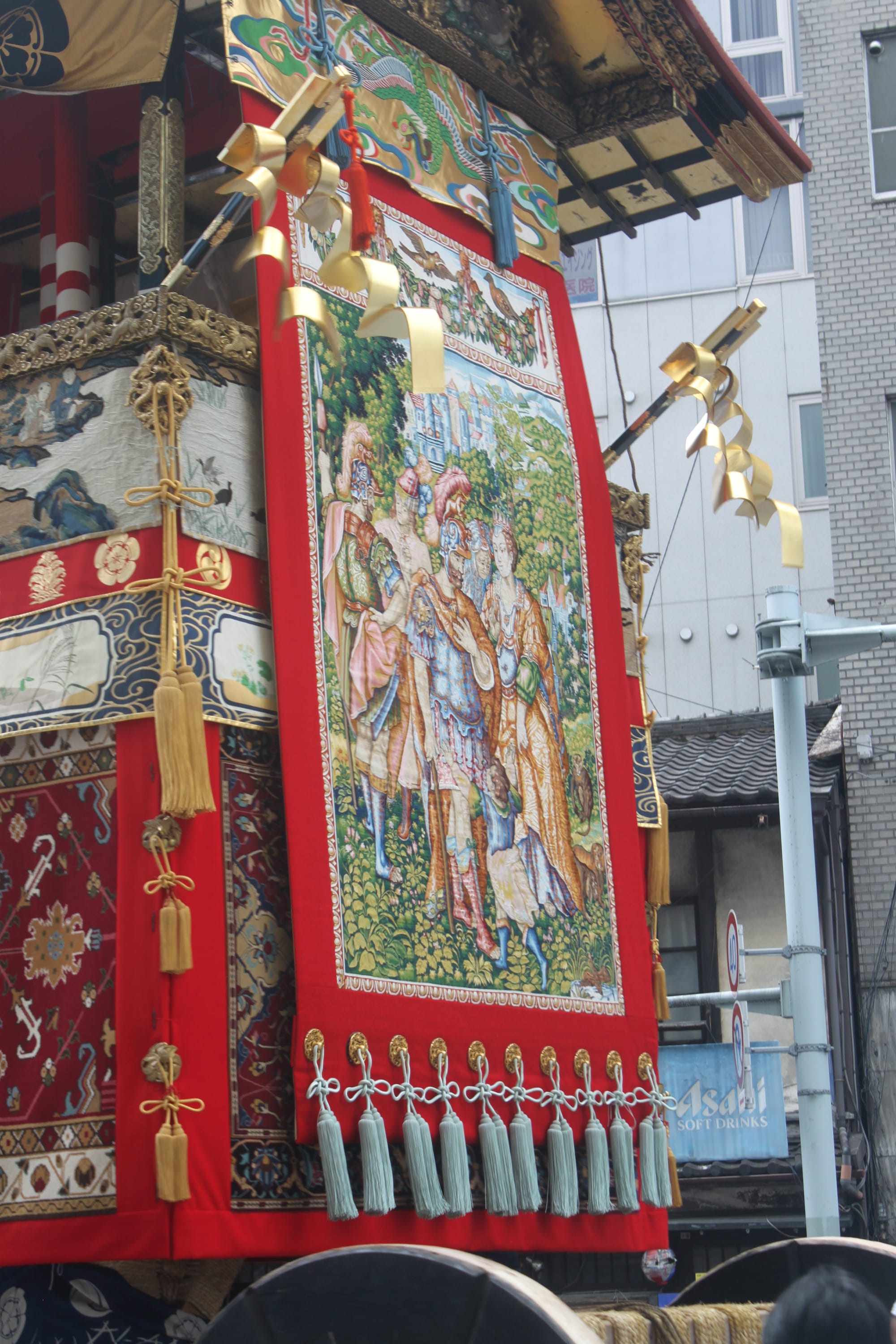
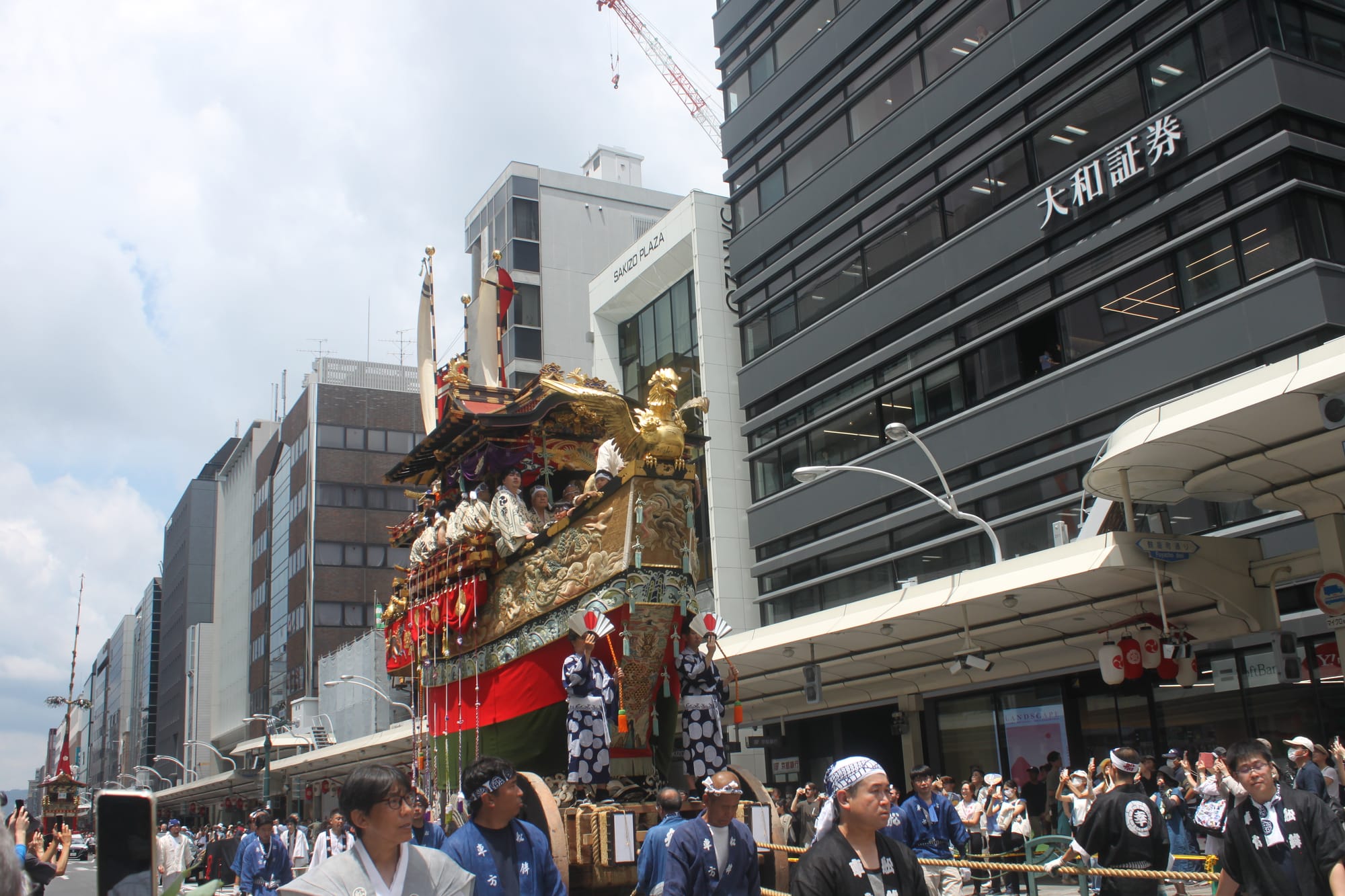
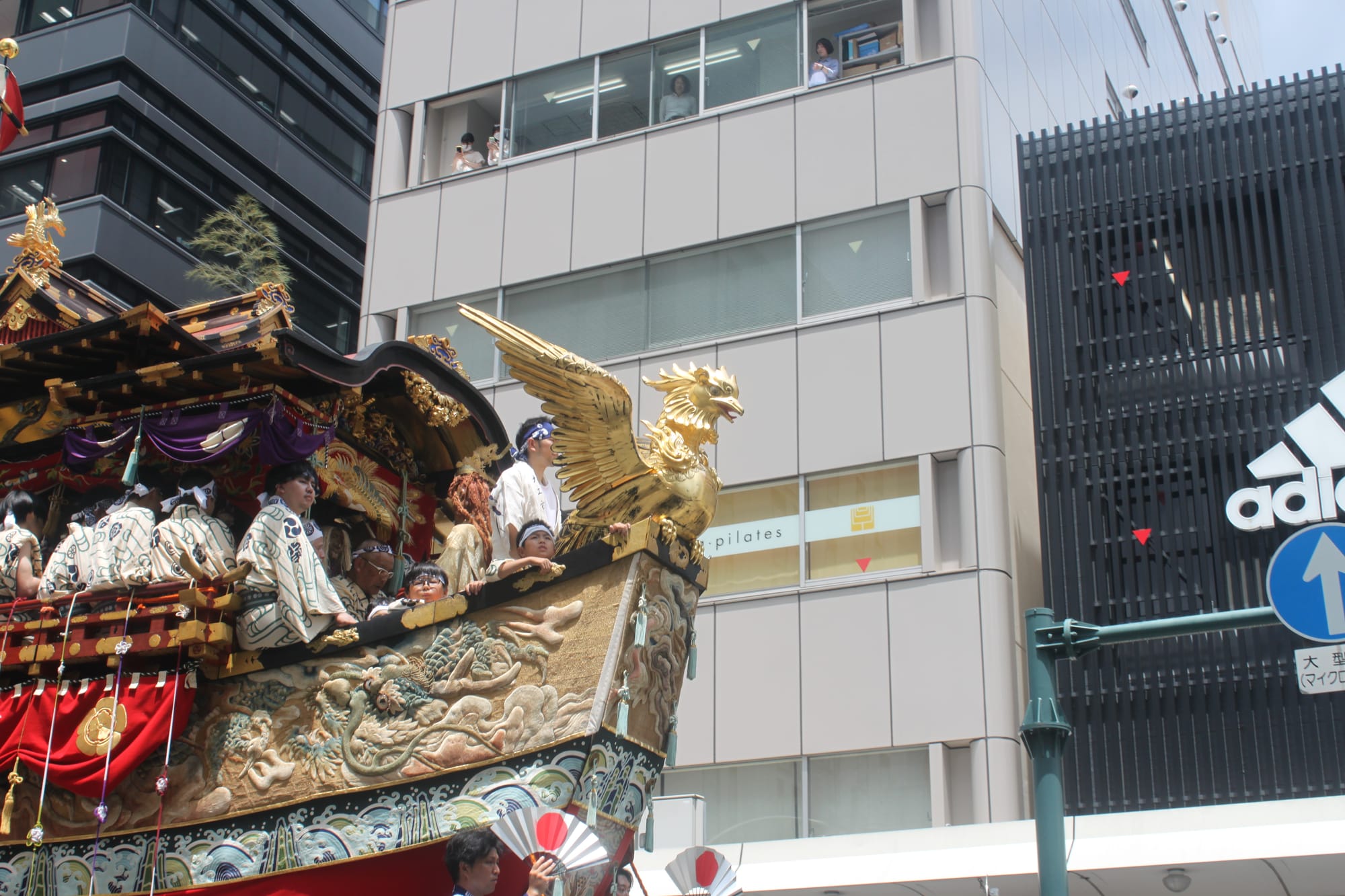
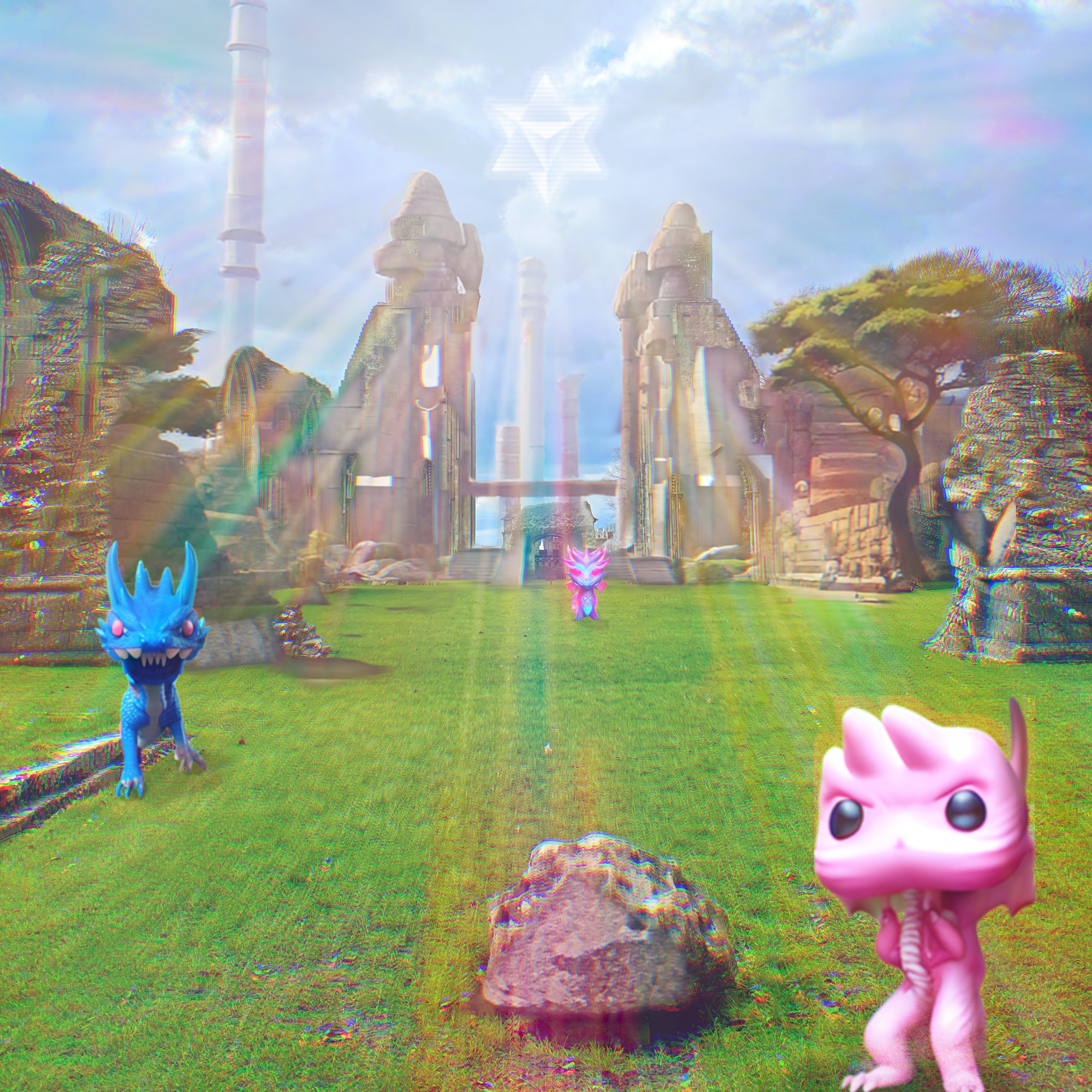
Become a LUNMURIAN
Become a member of the Order of LUNMU and ride the Dragon with us through these tumultuous times toward the coming Dragon Utopia.
List of features:
• Dragon Energy Attunement
• LUNMURIANS only content
• Video group calls
• Discussion in comments



